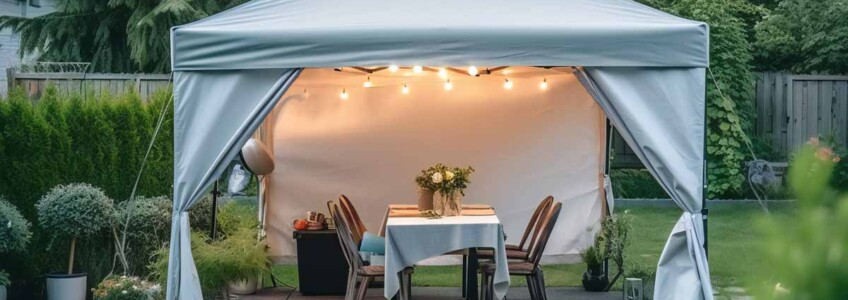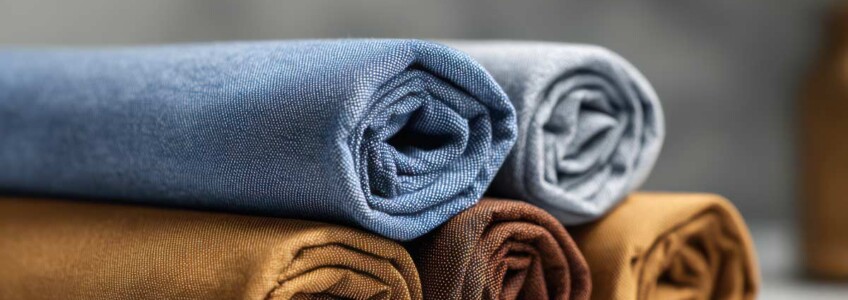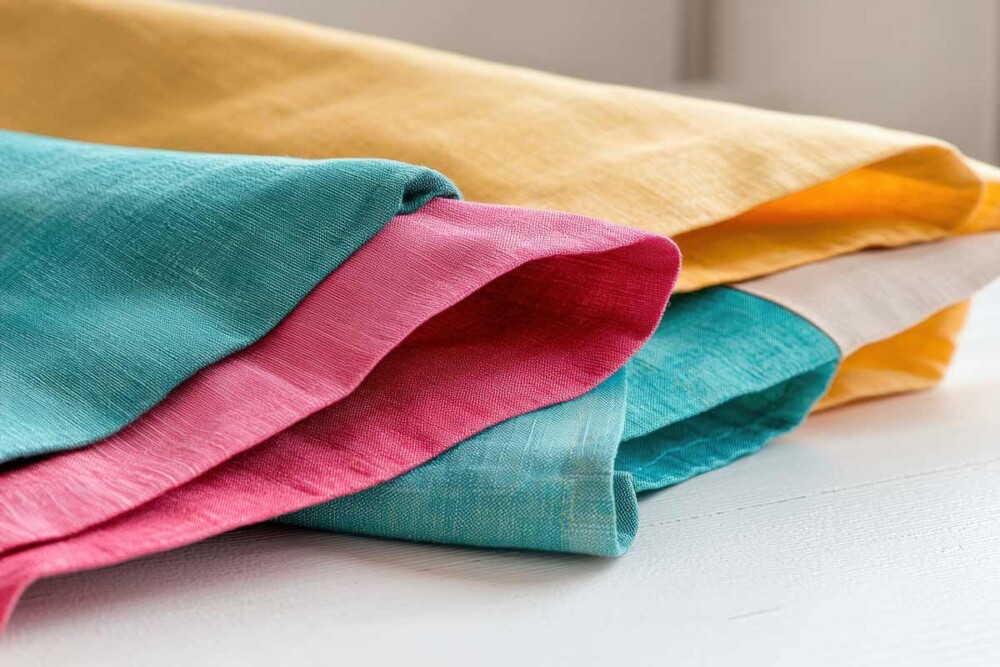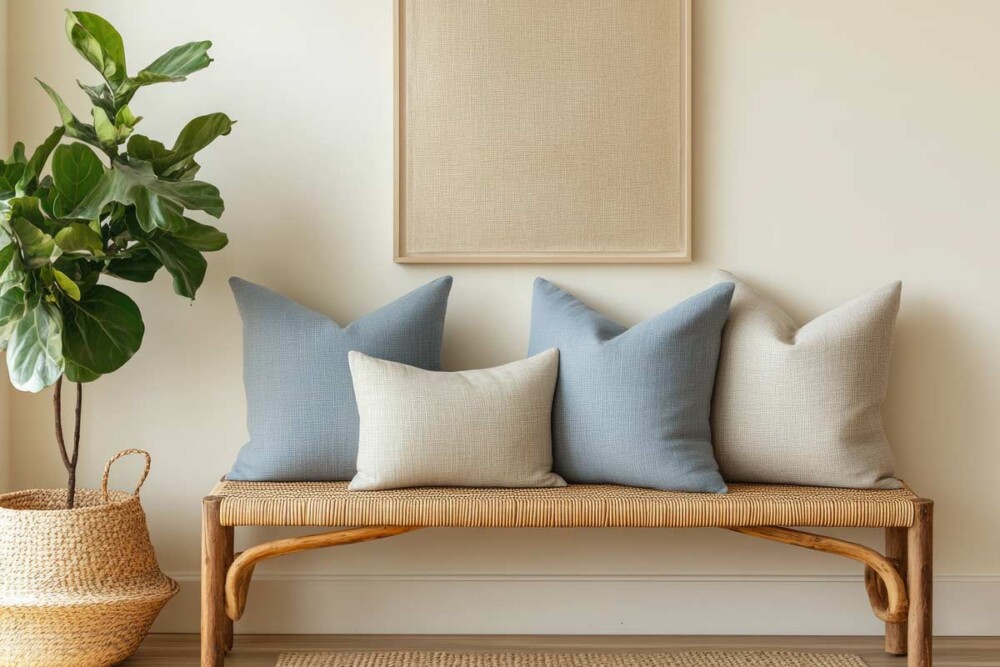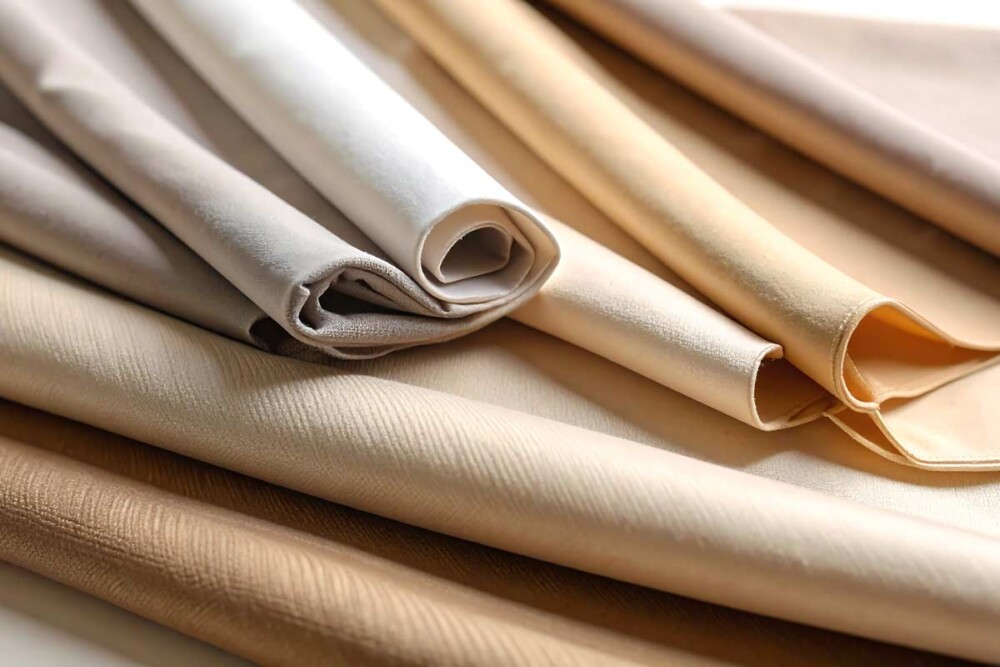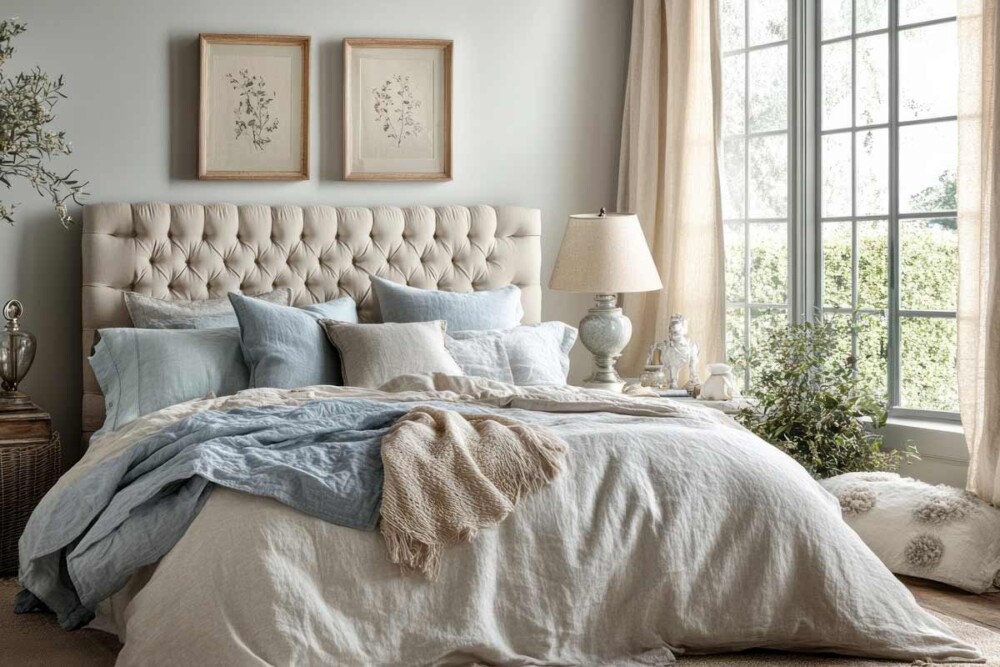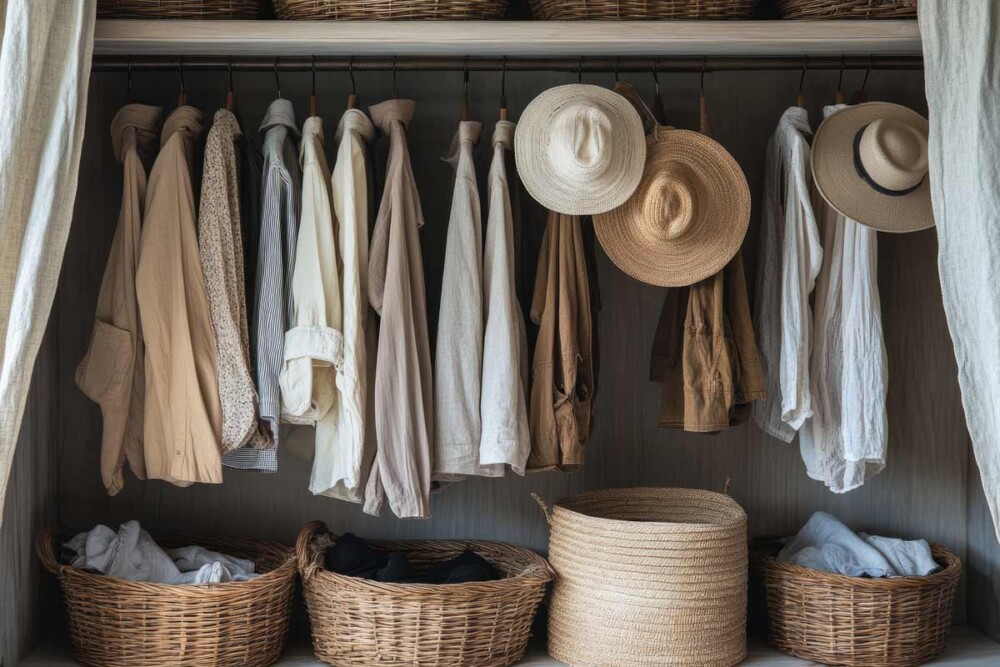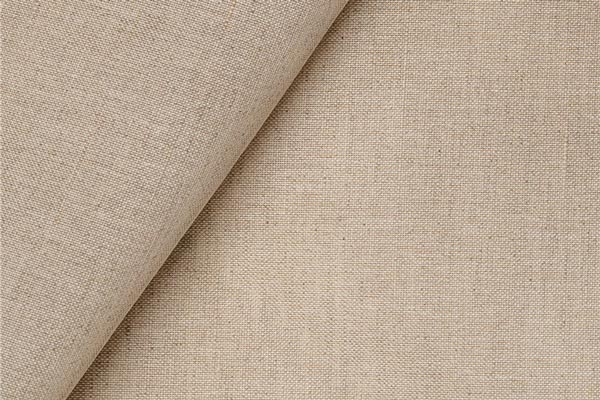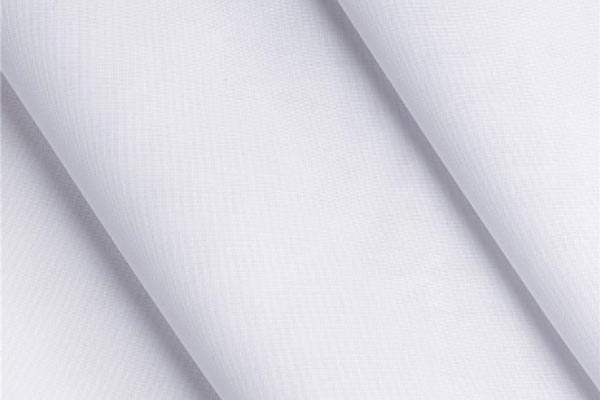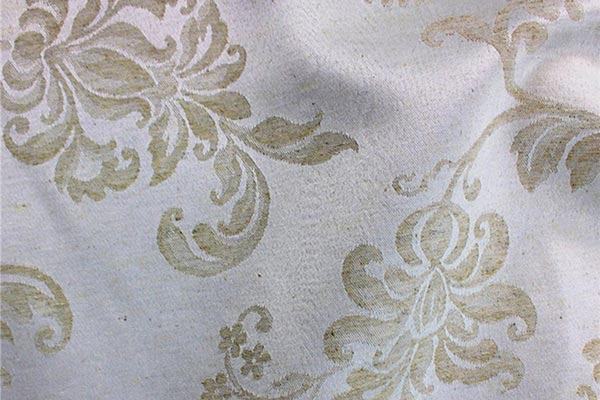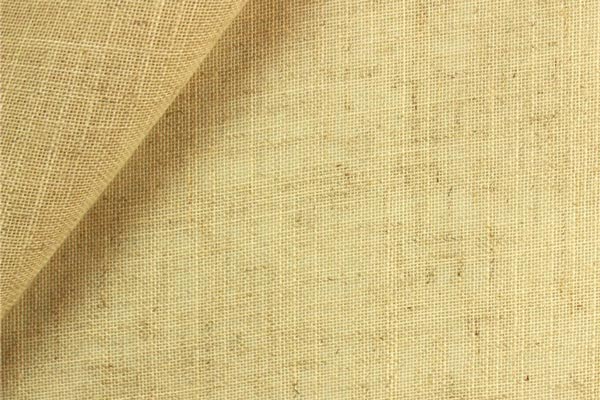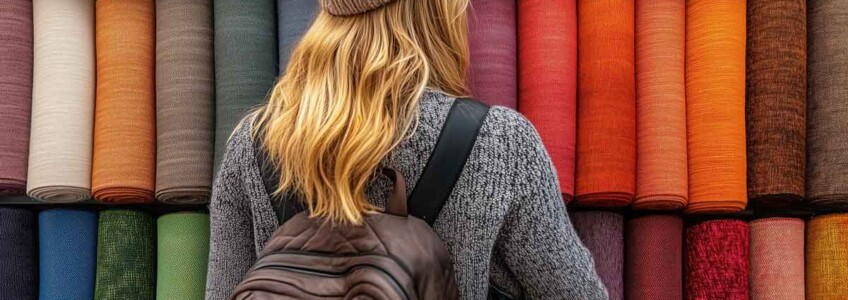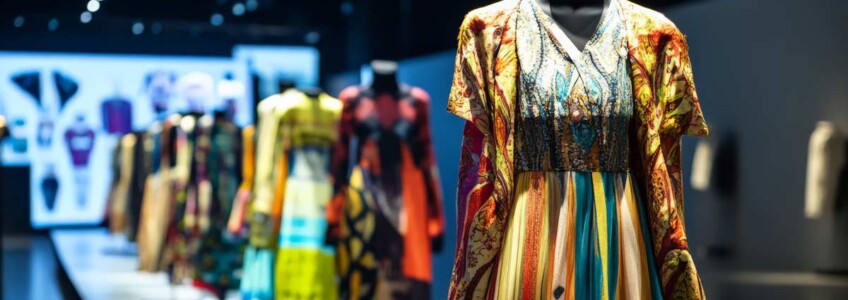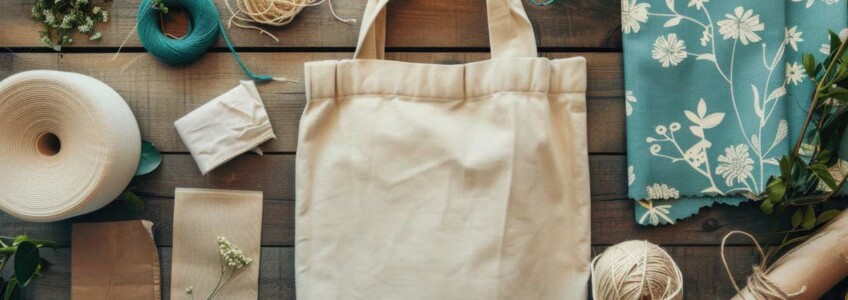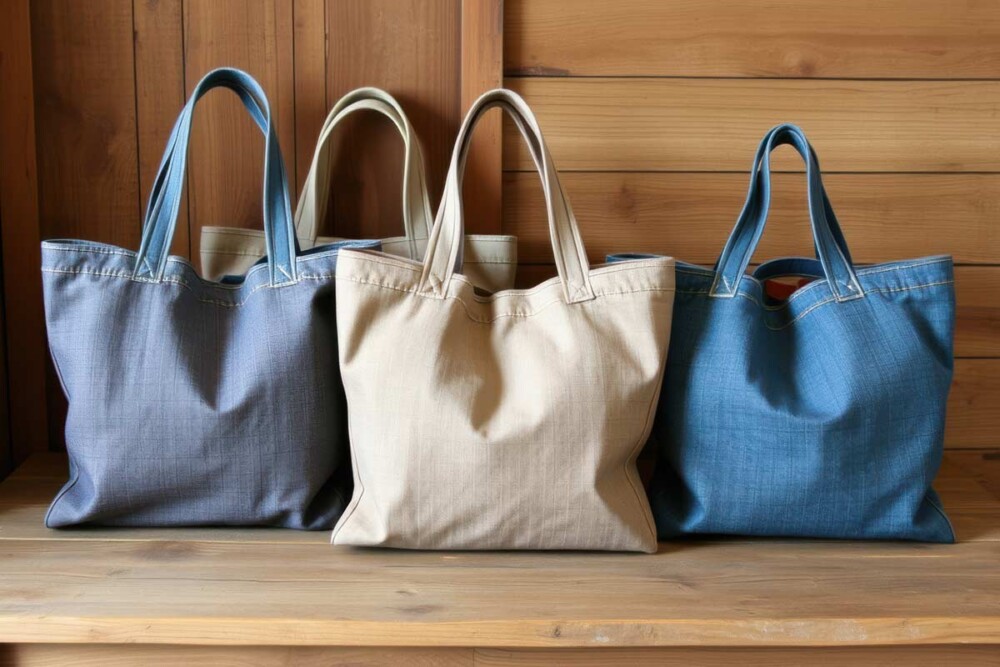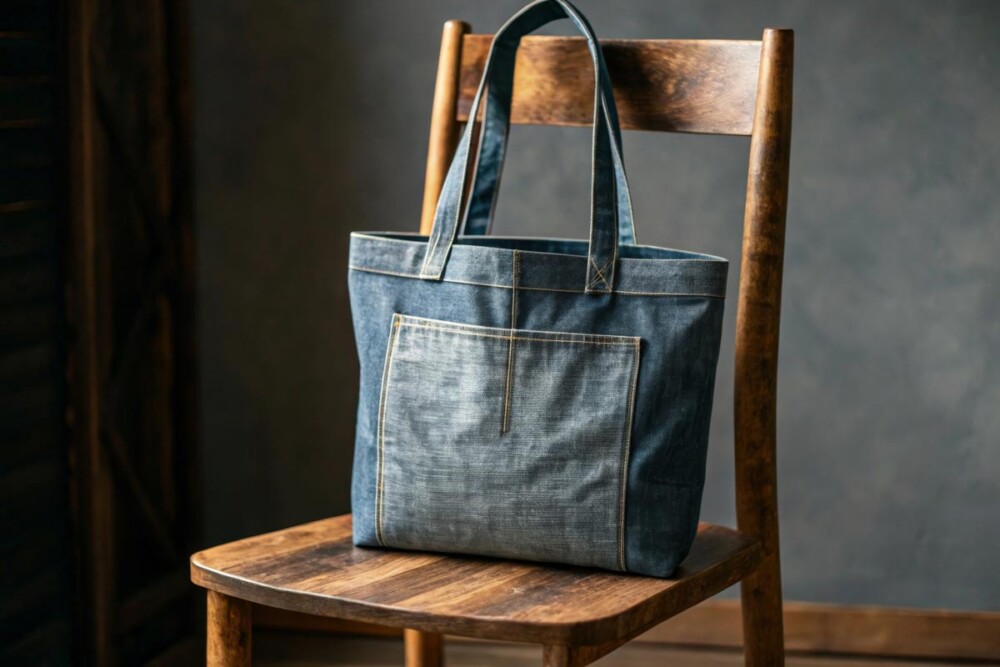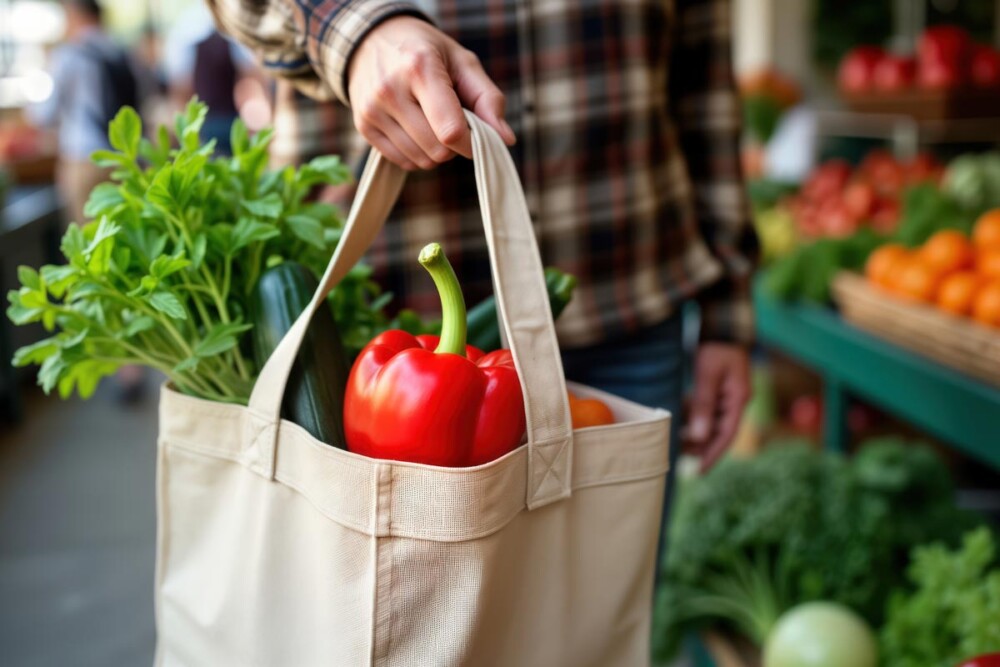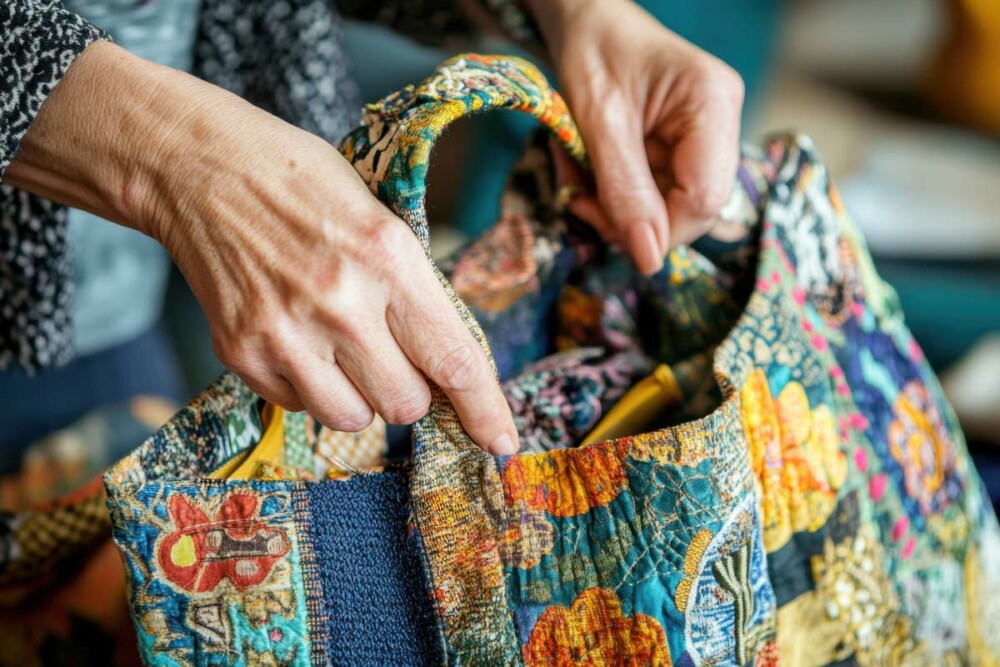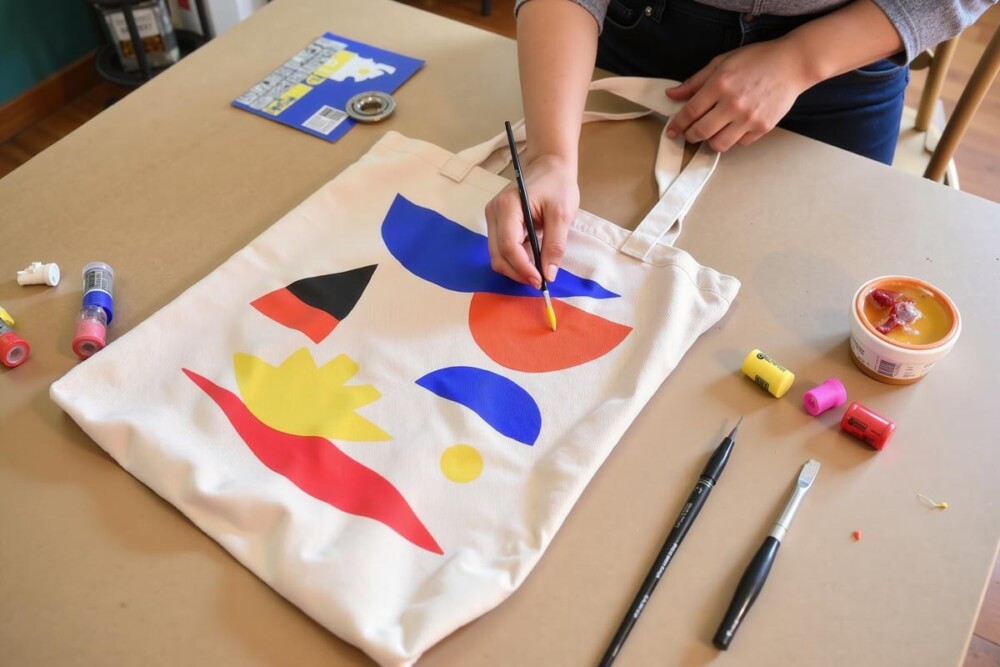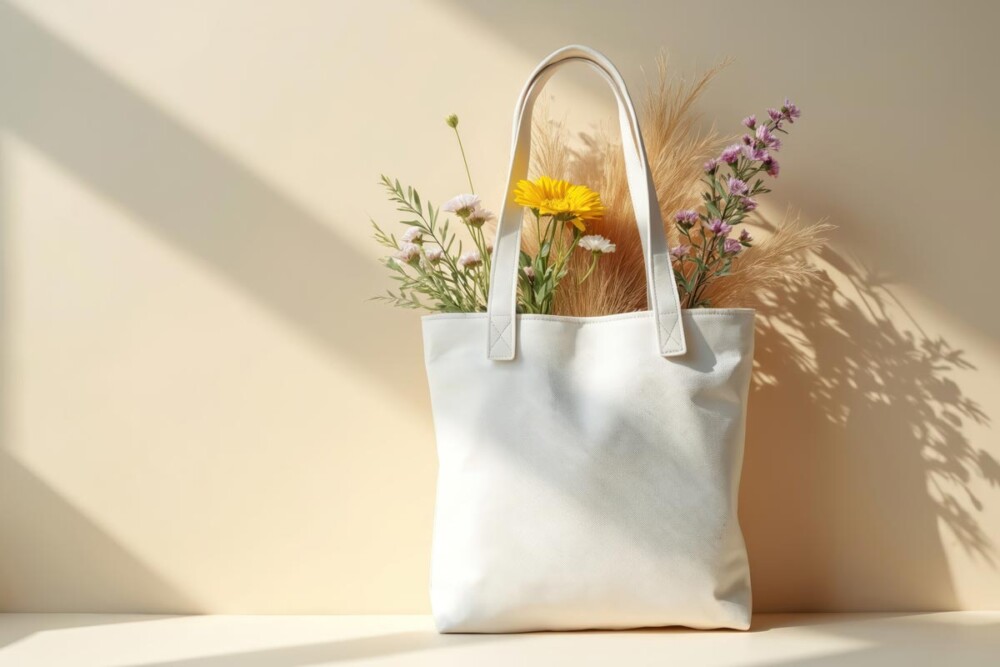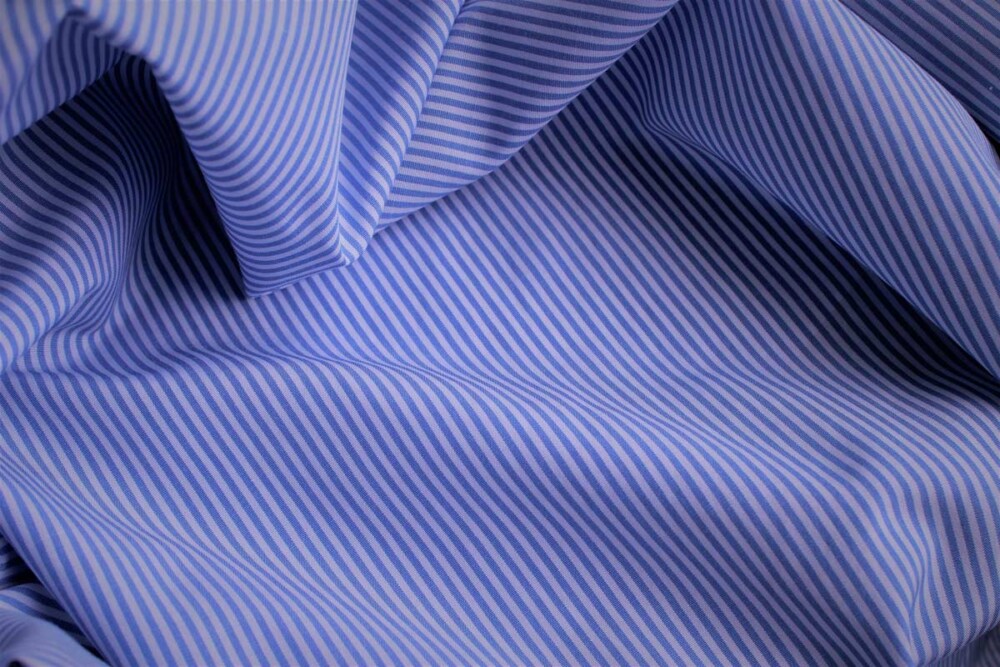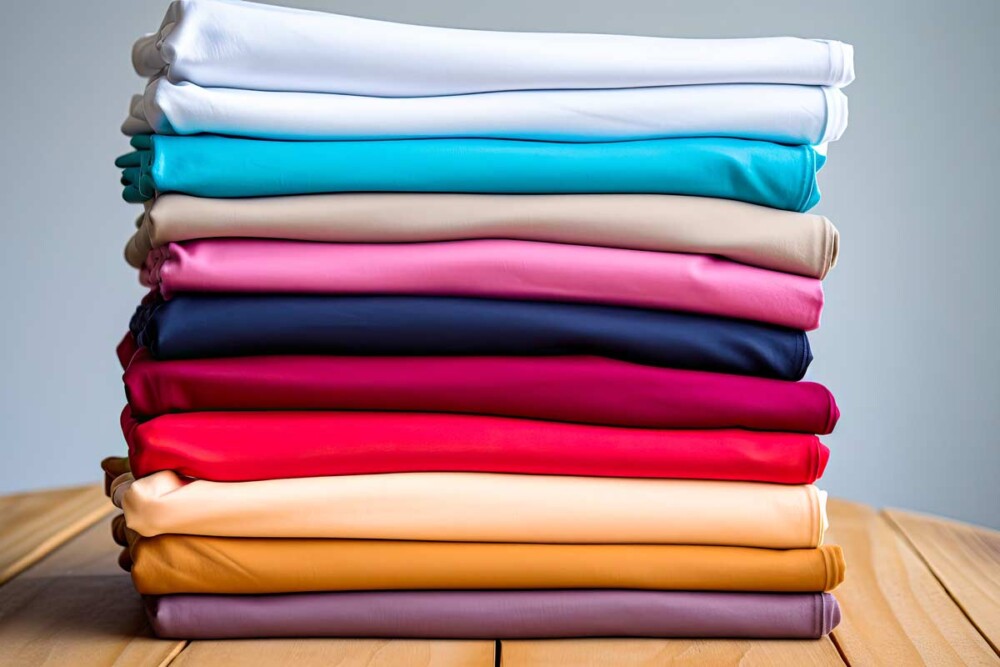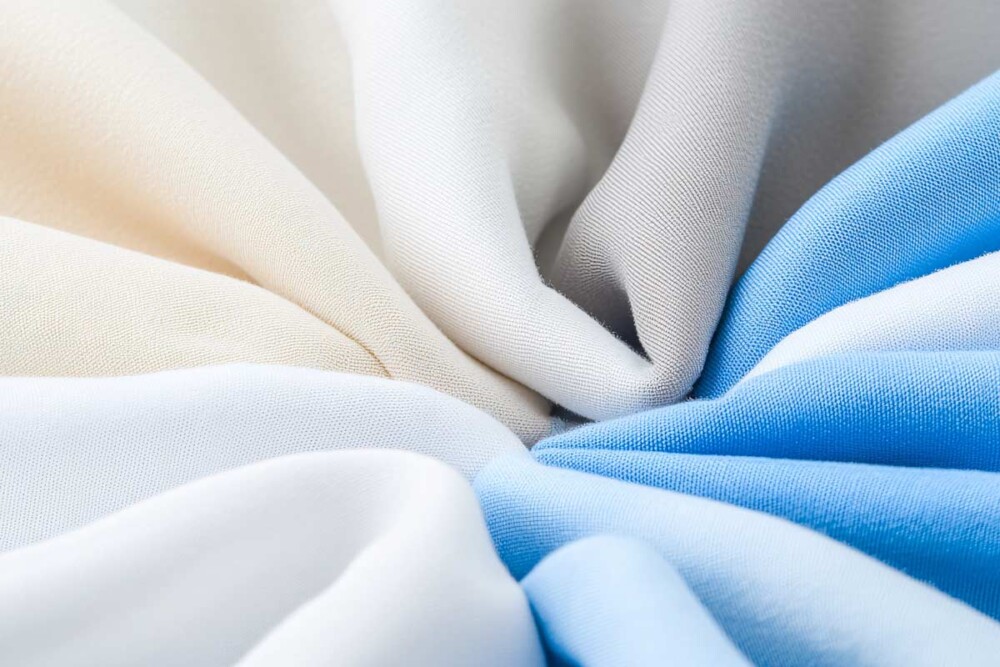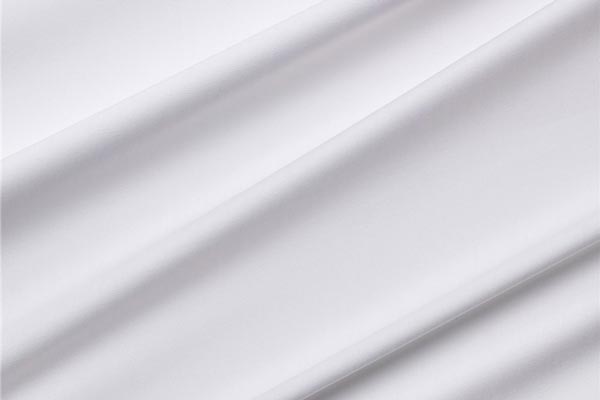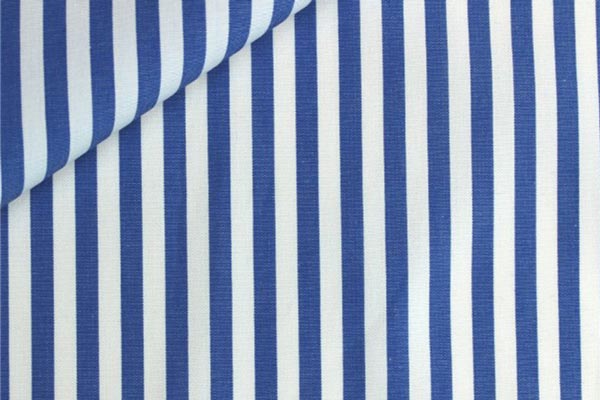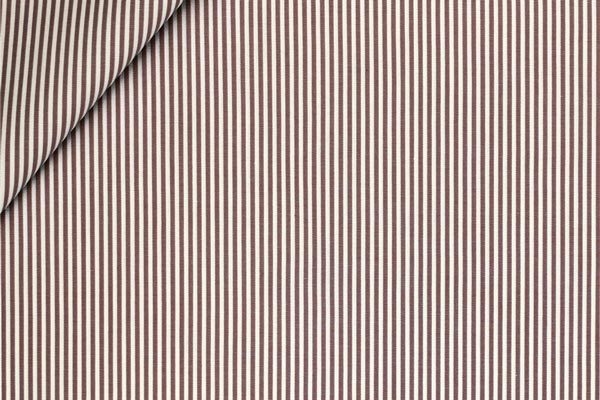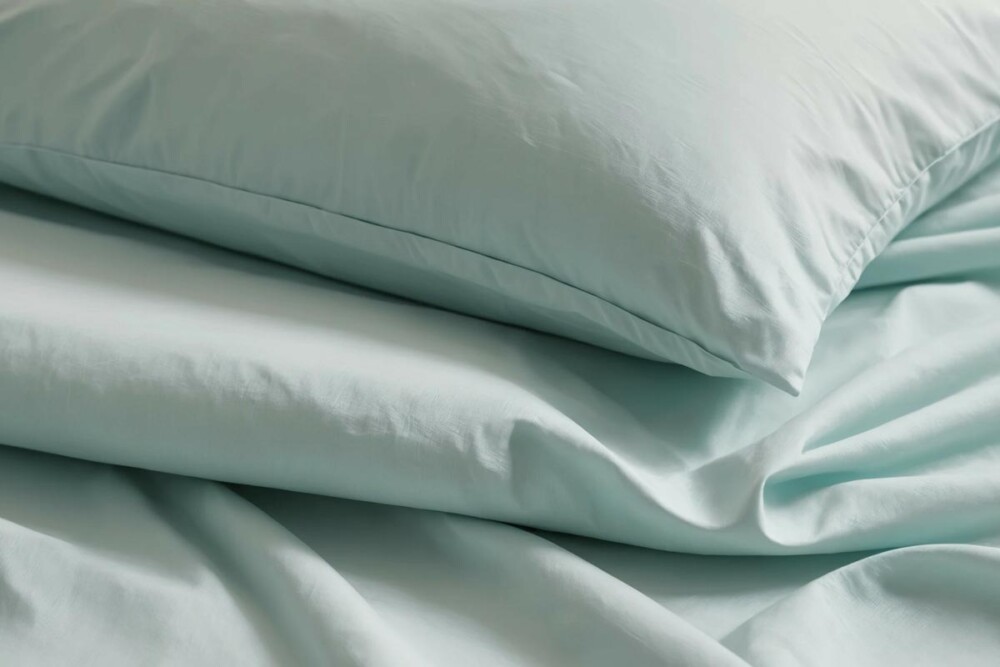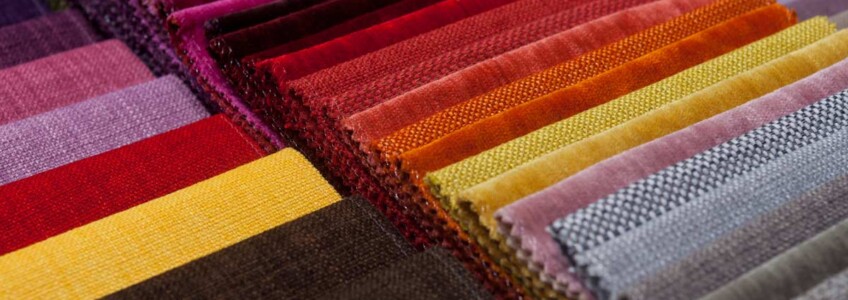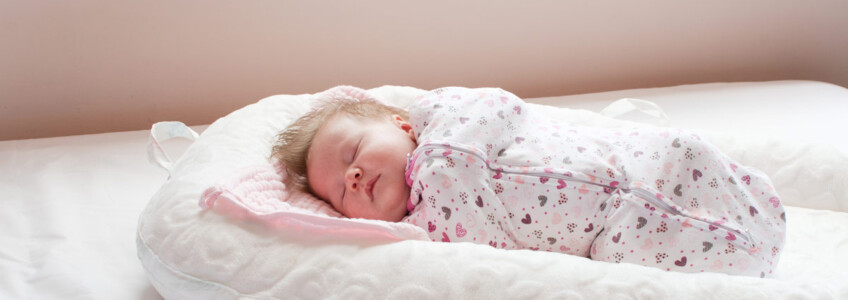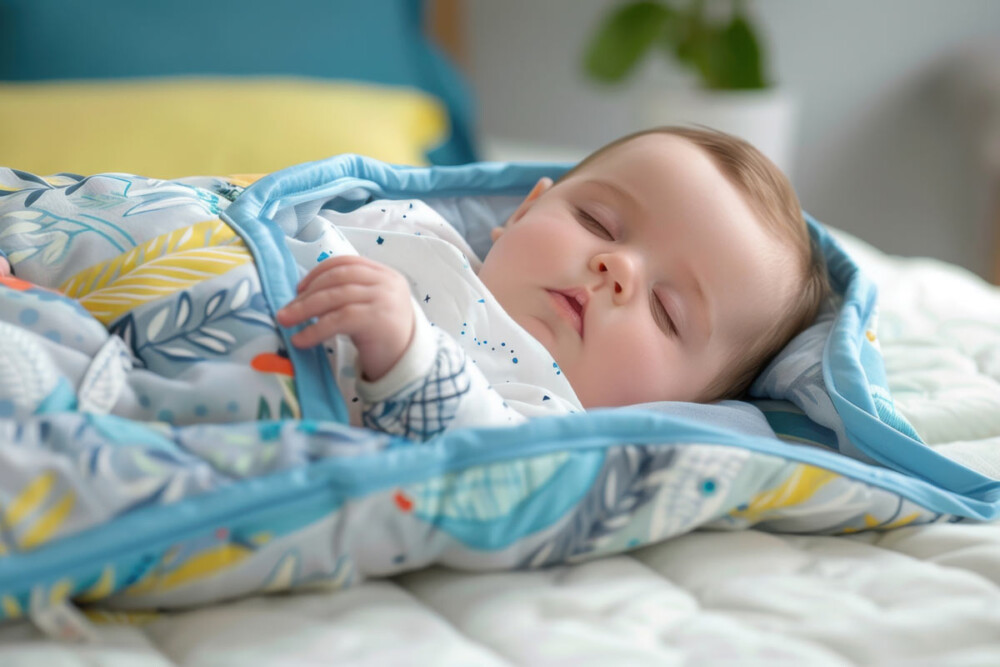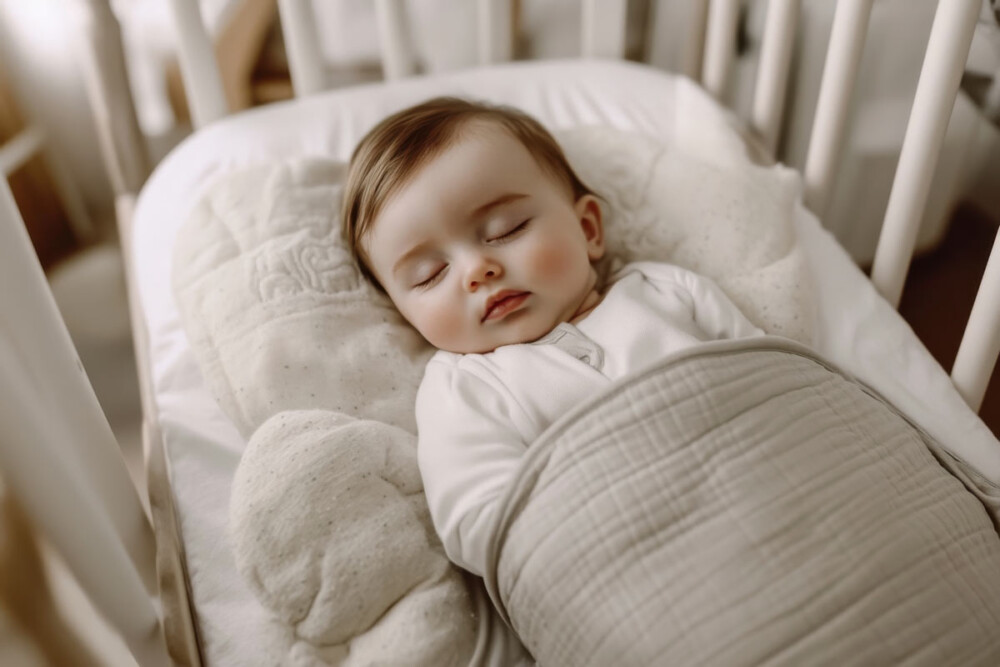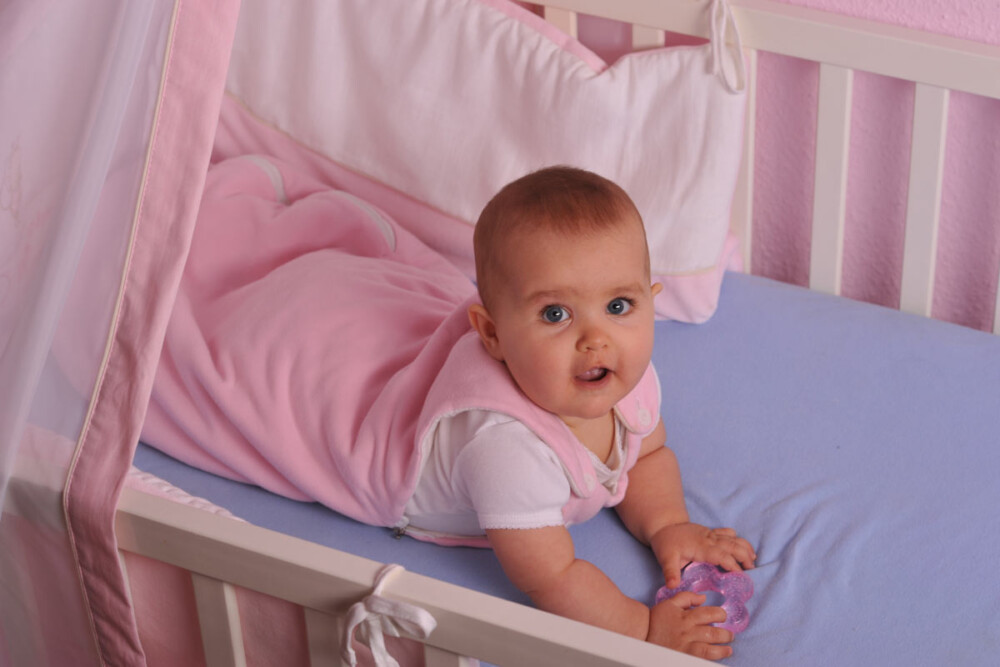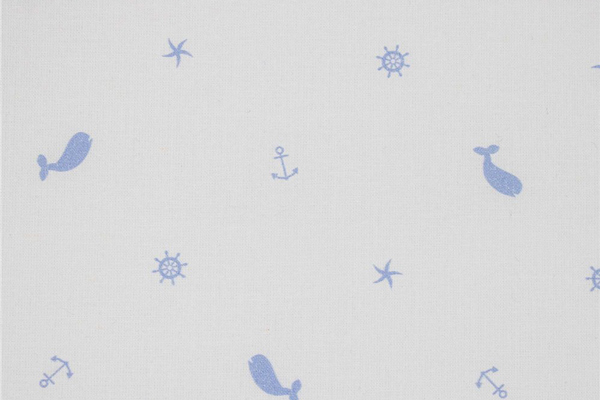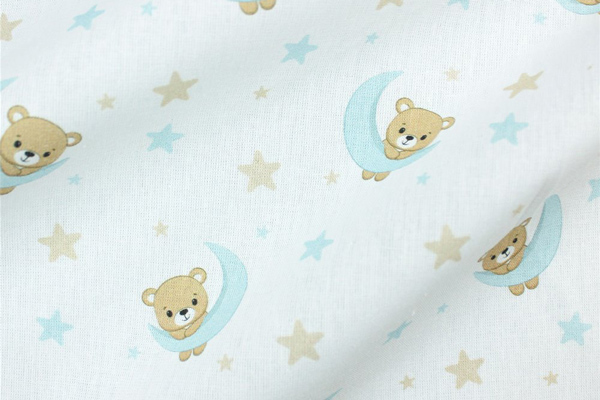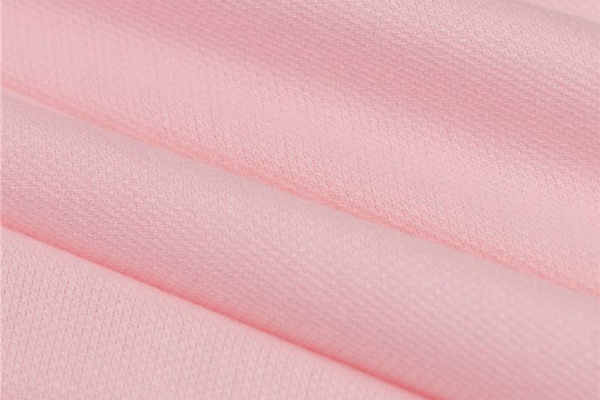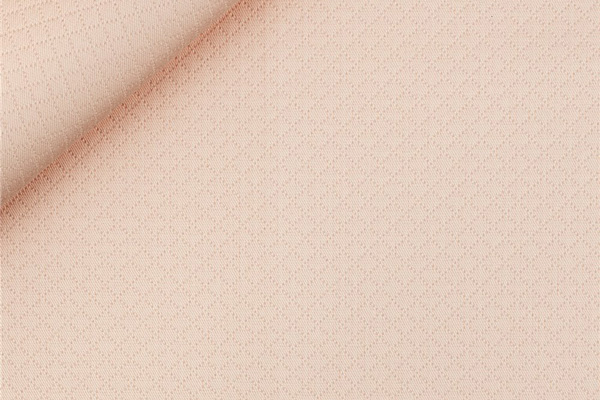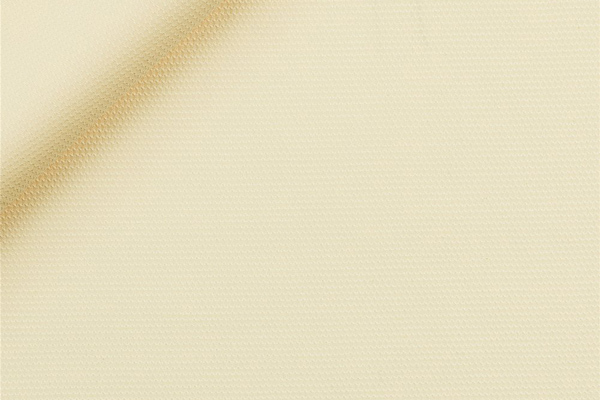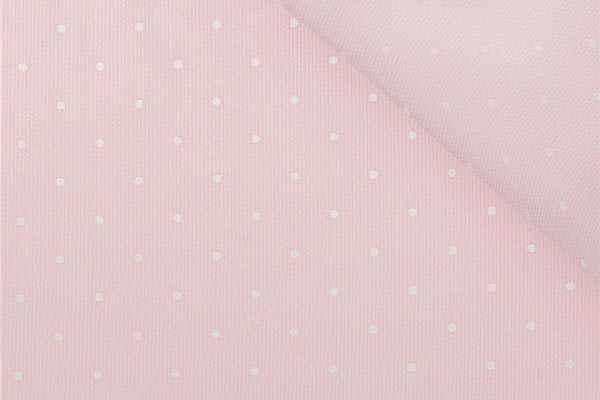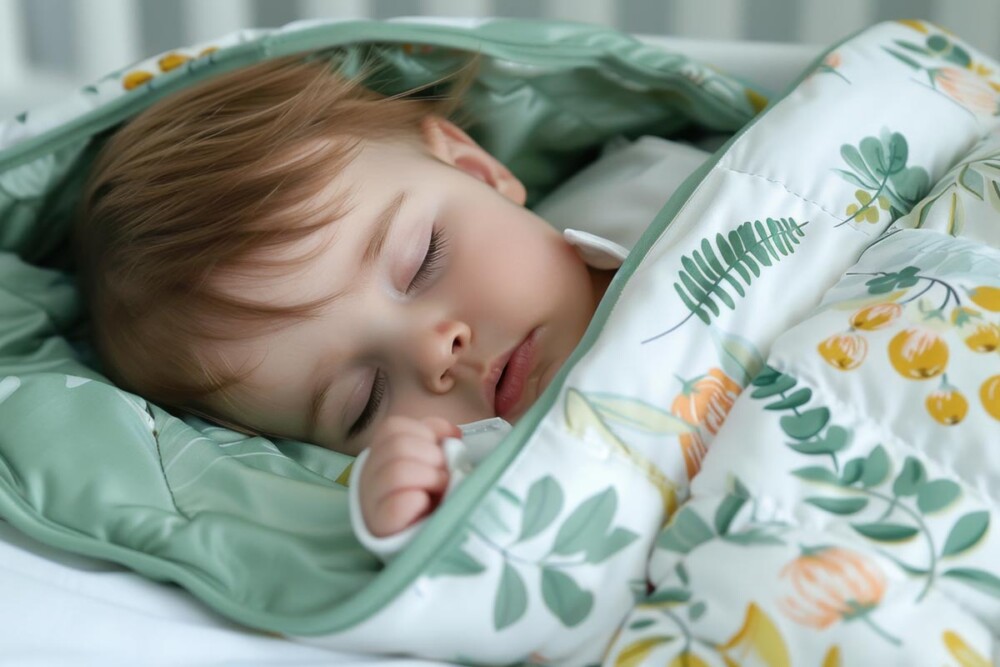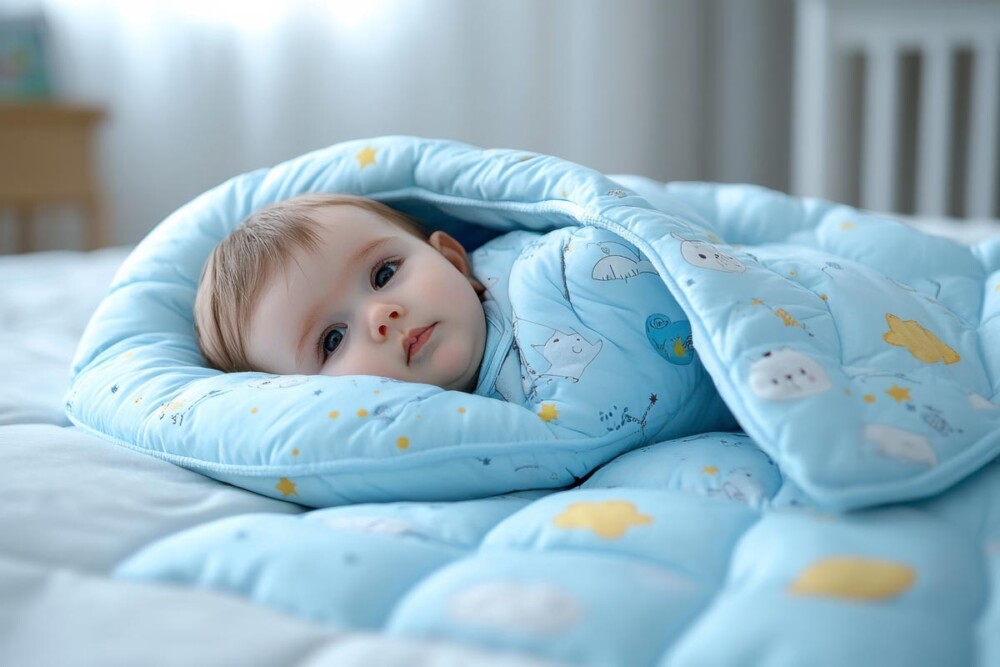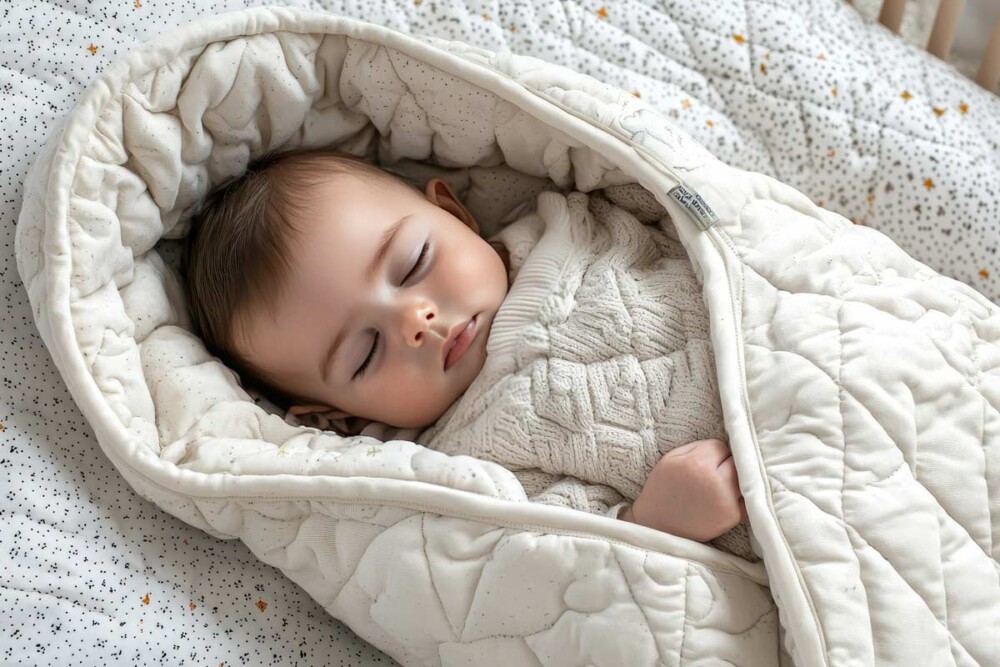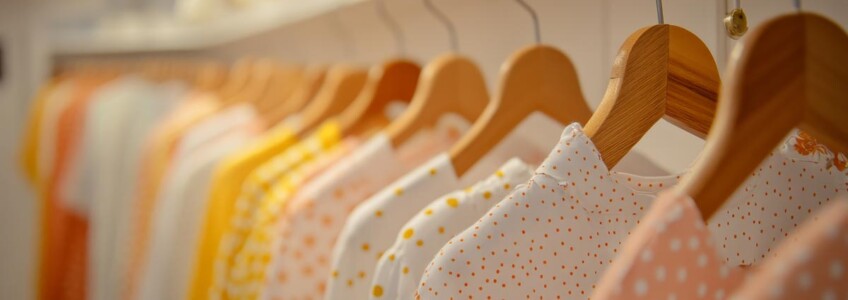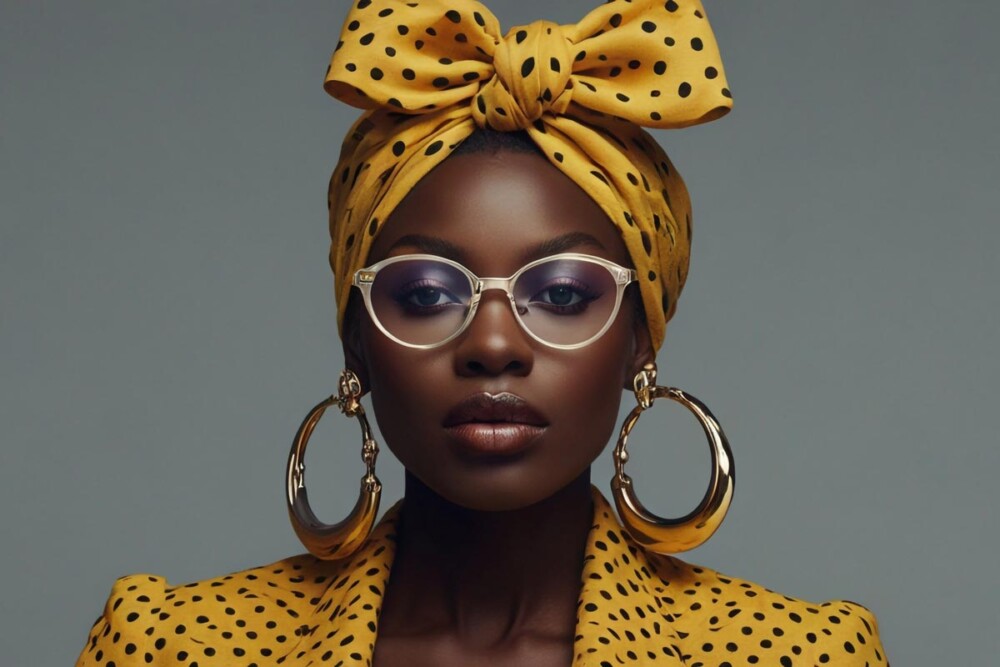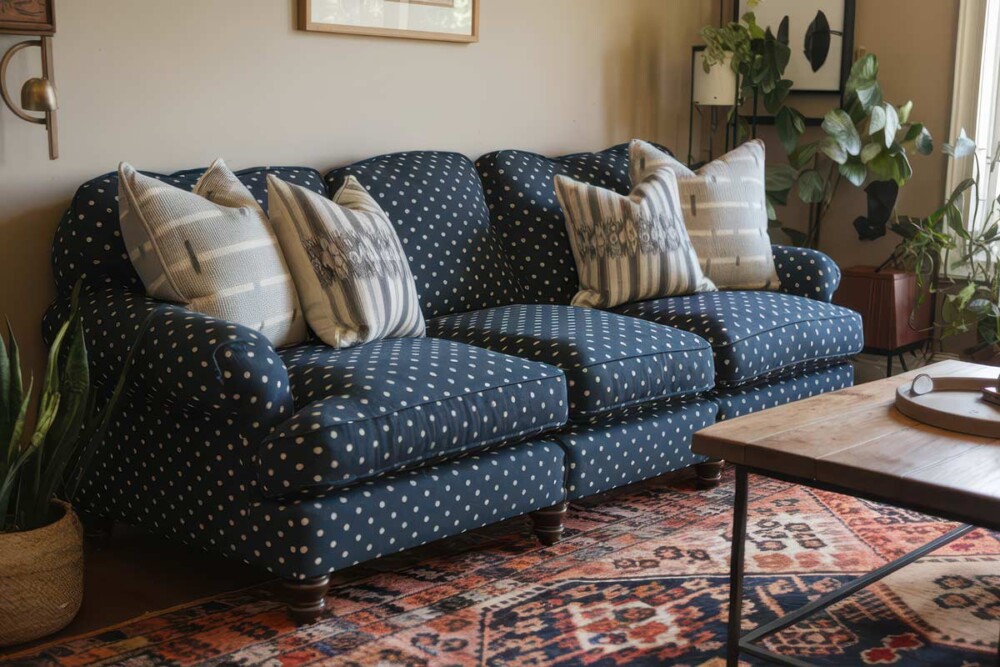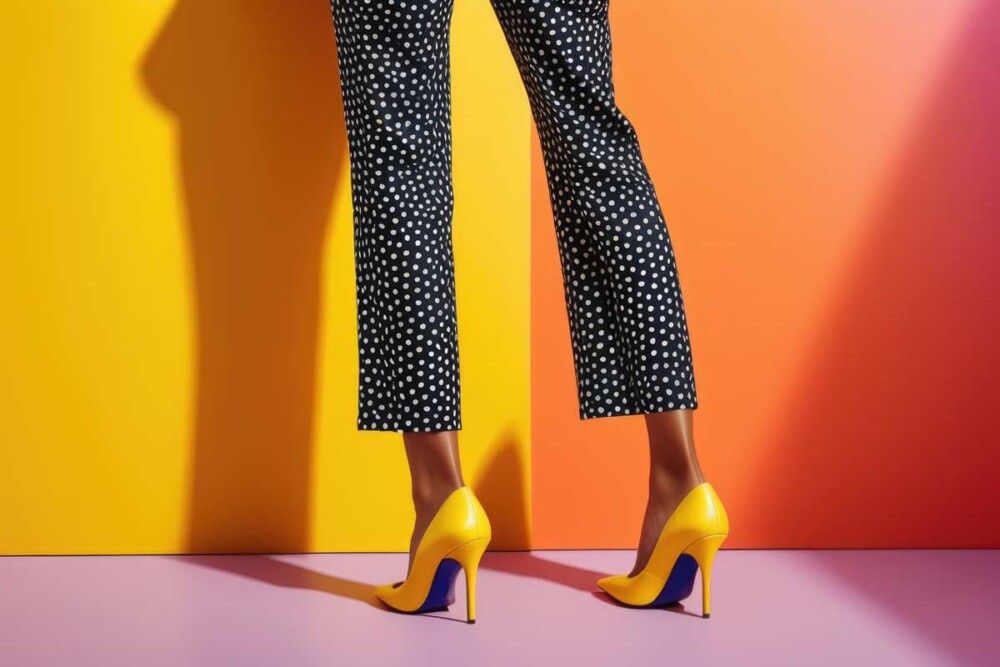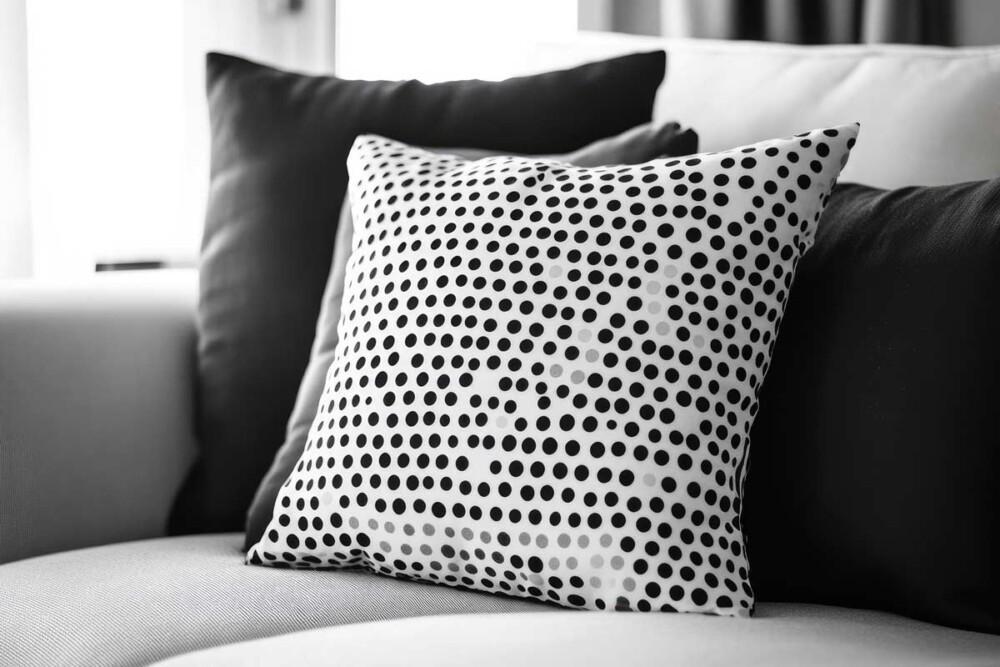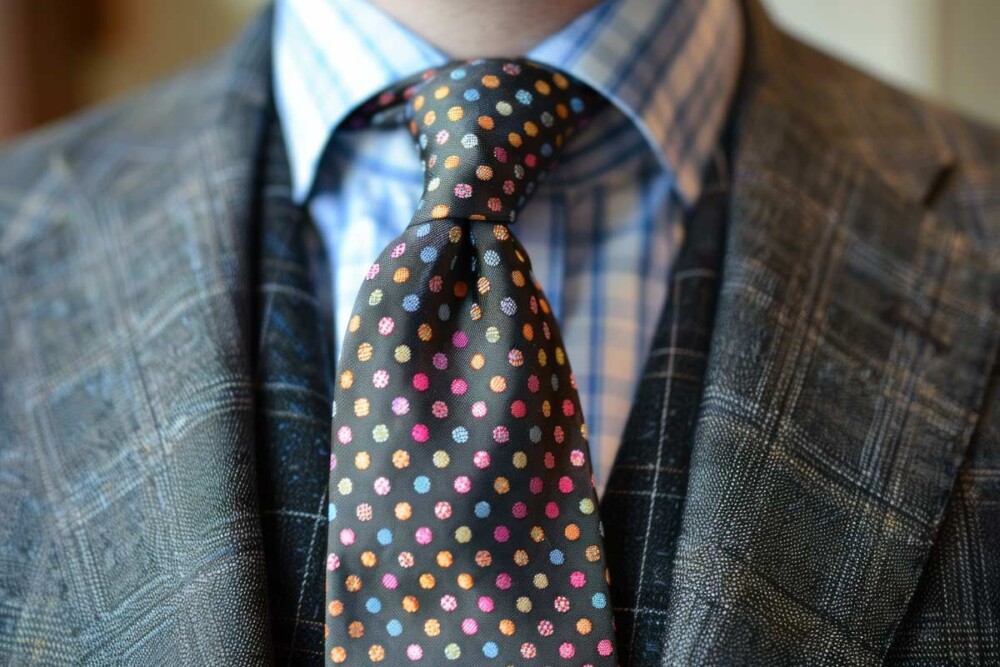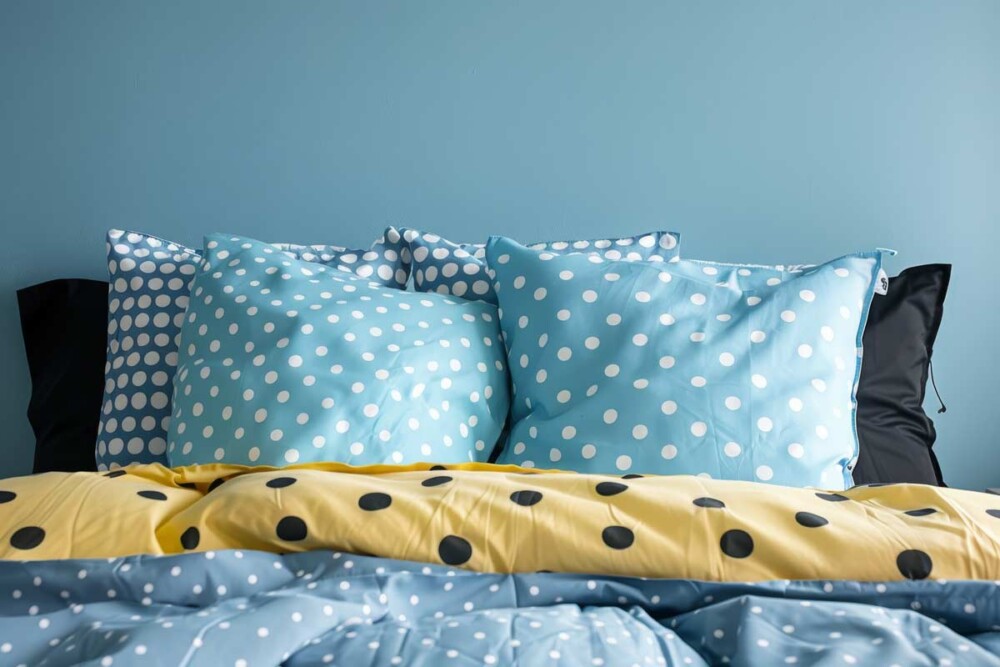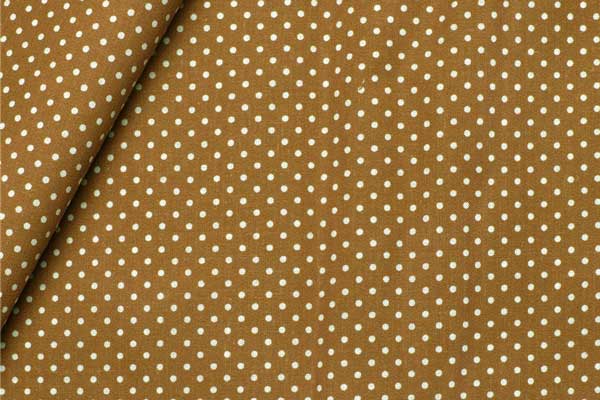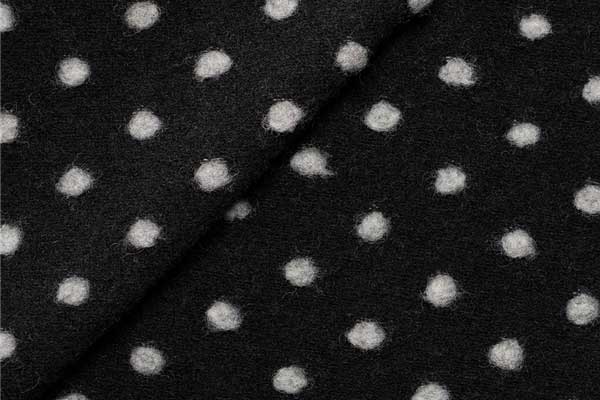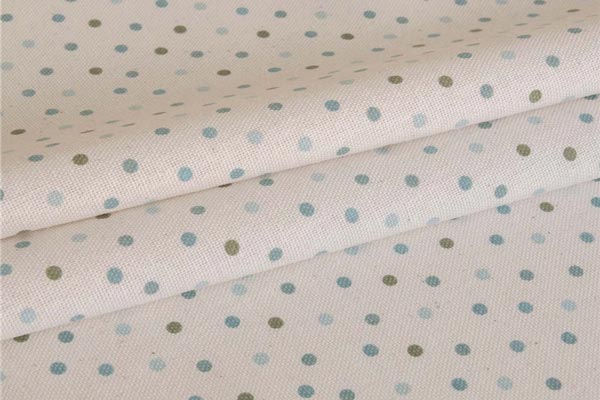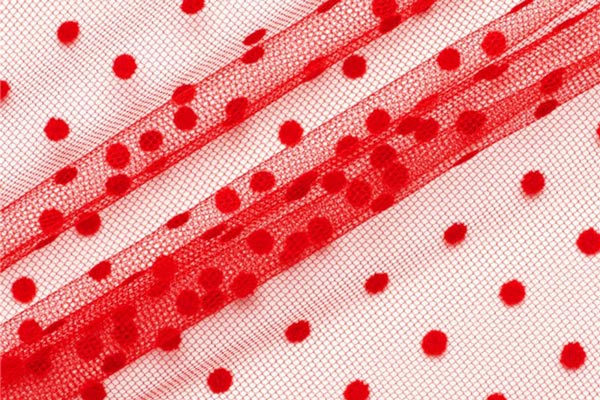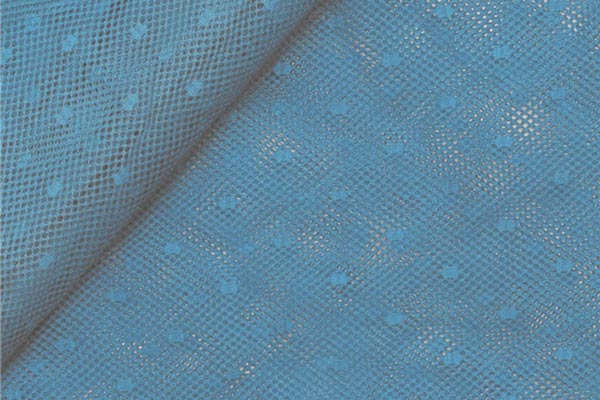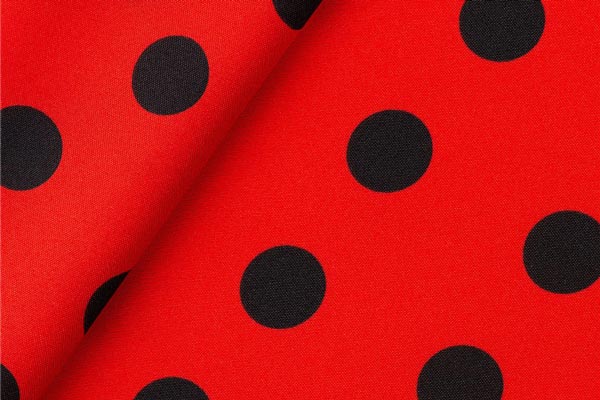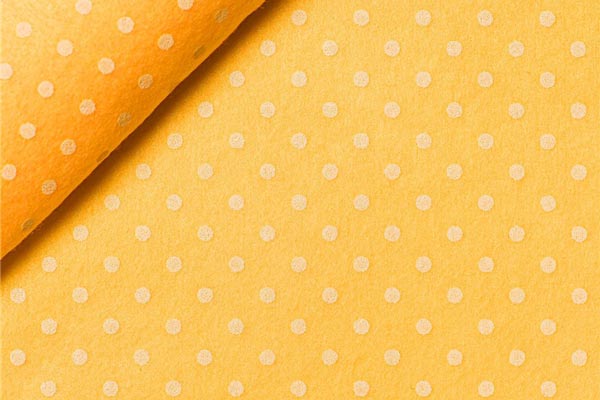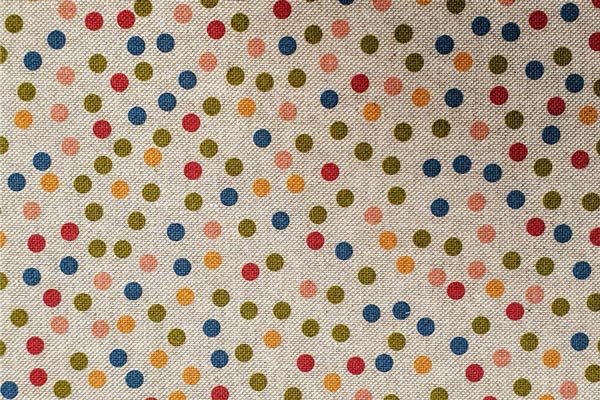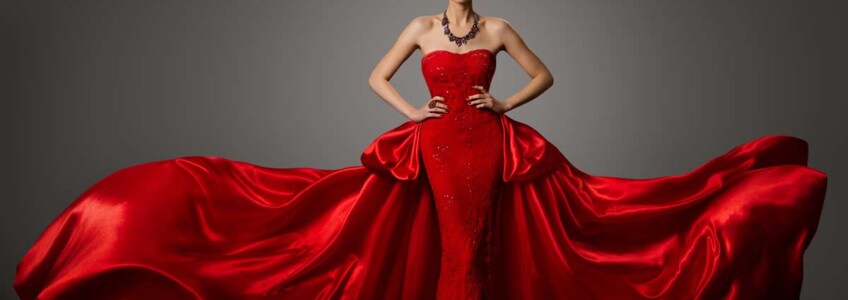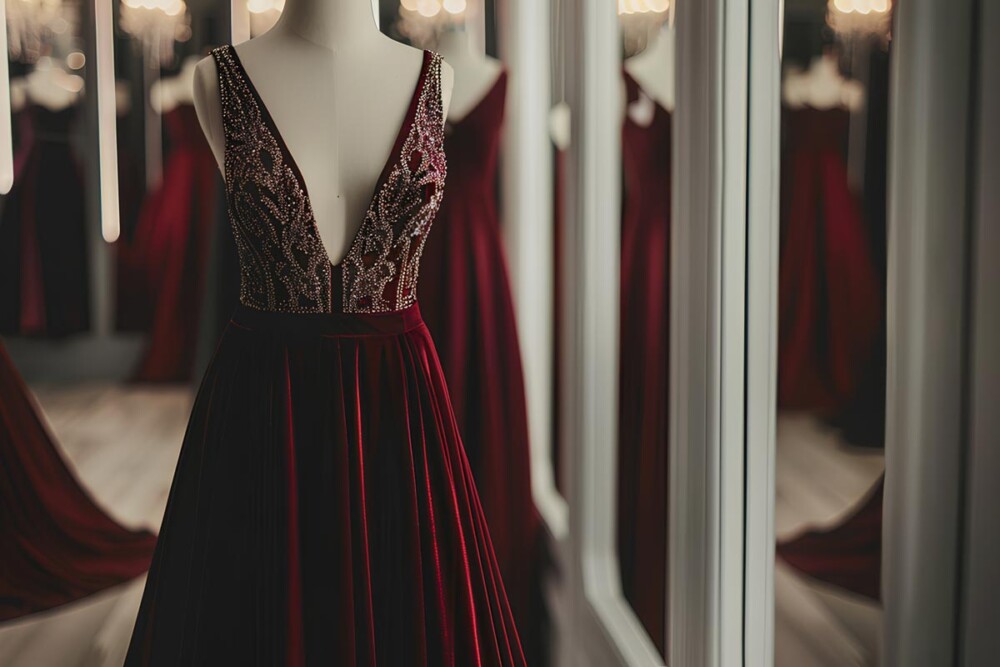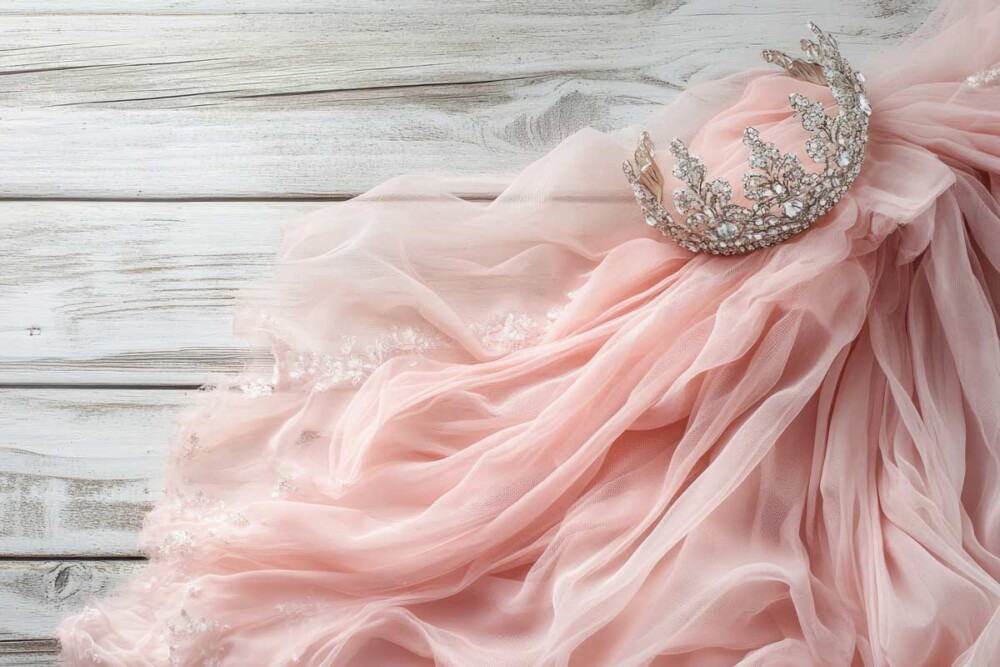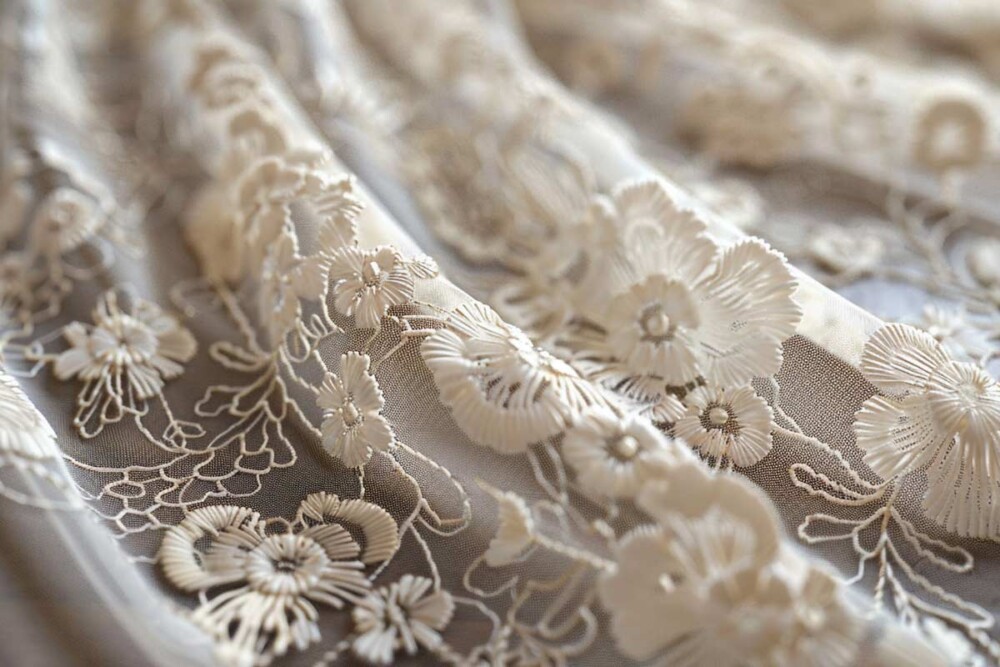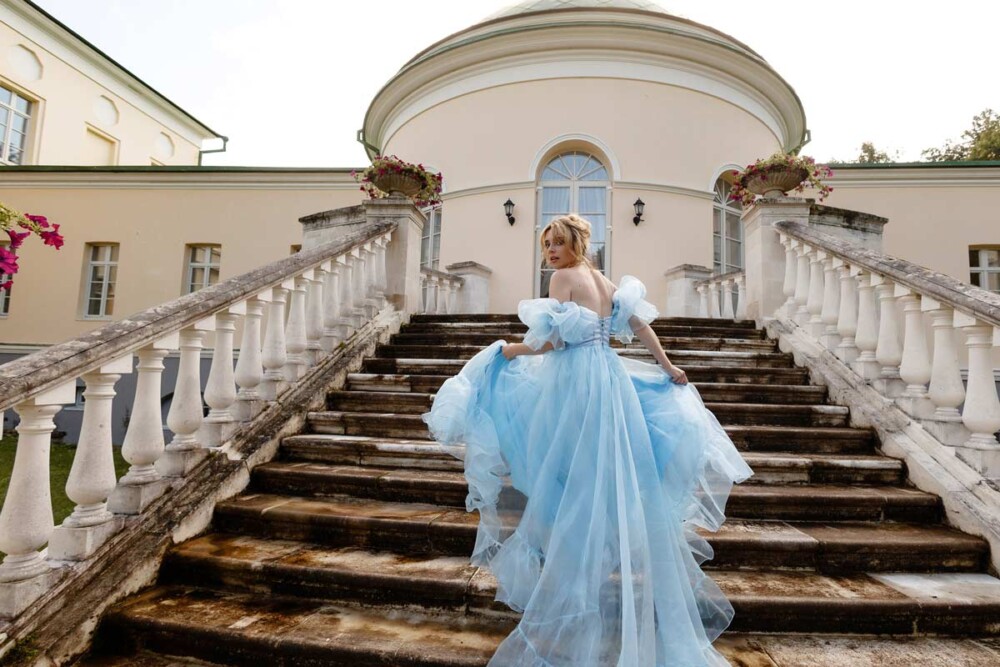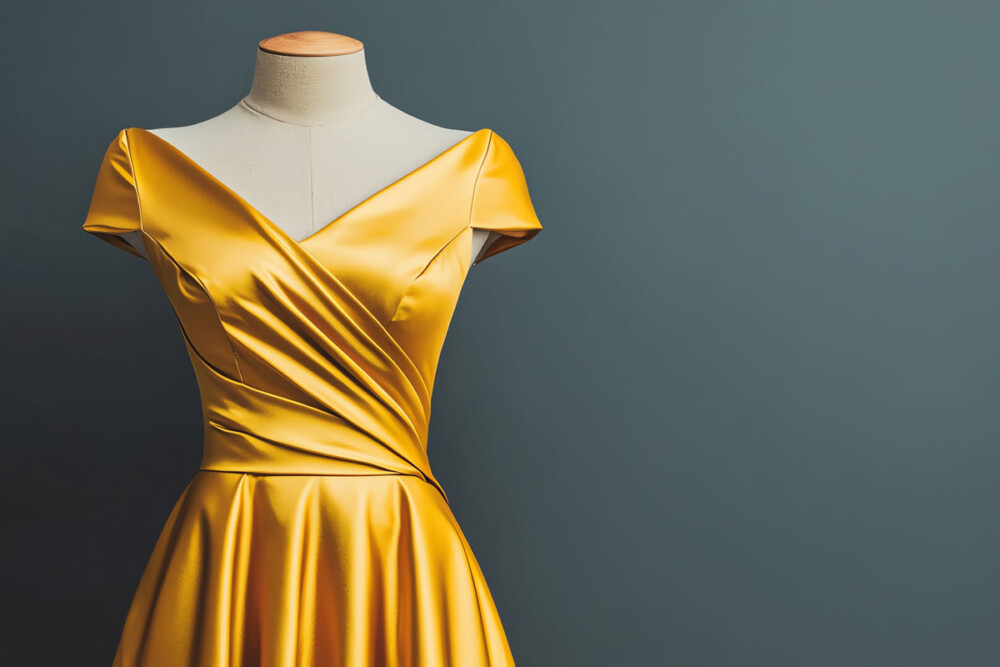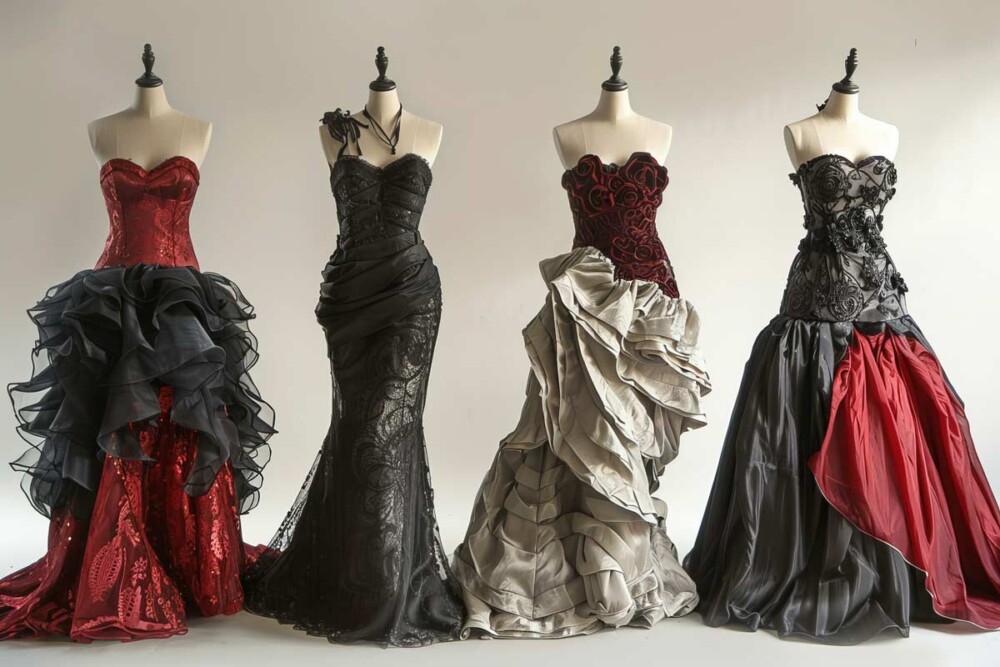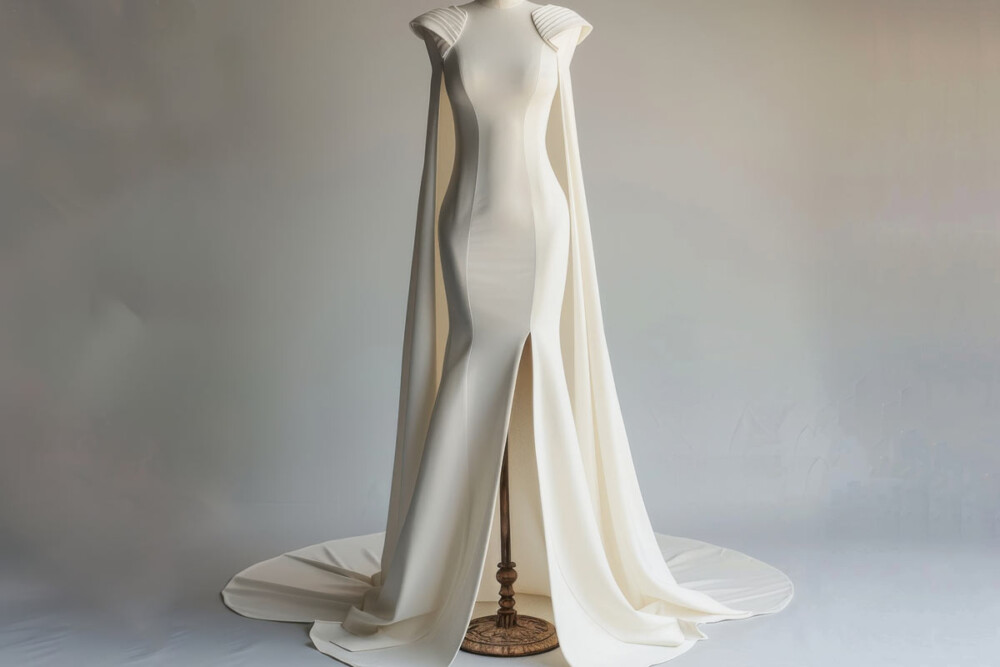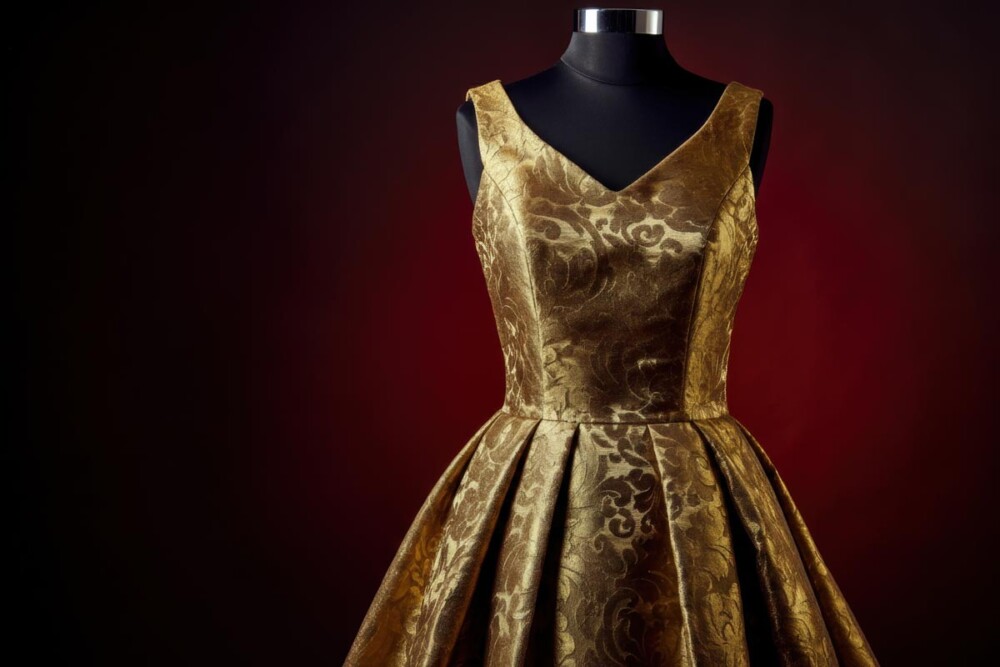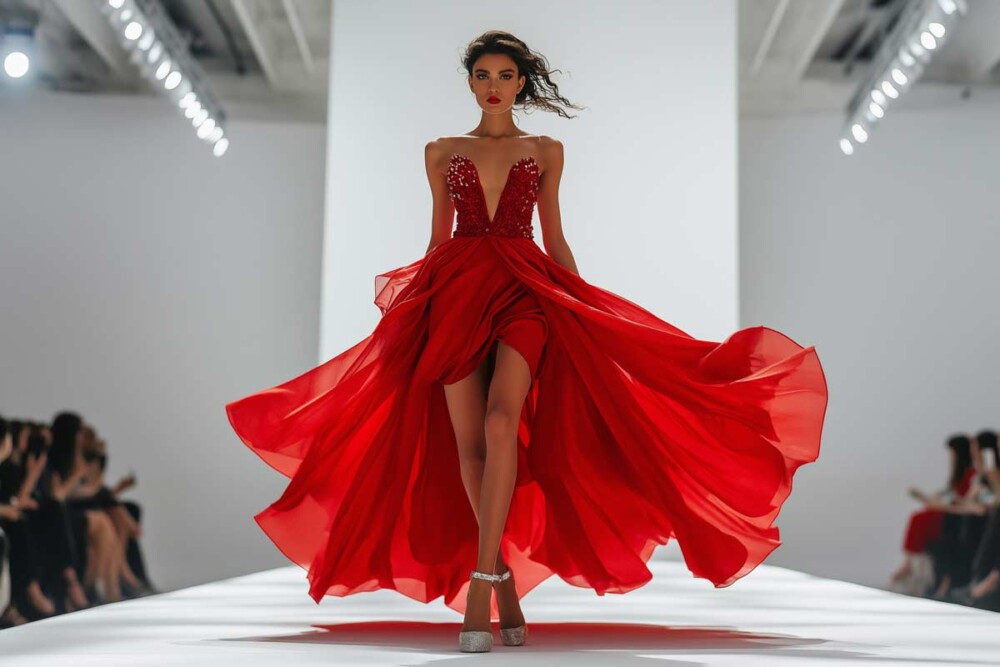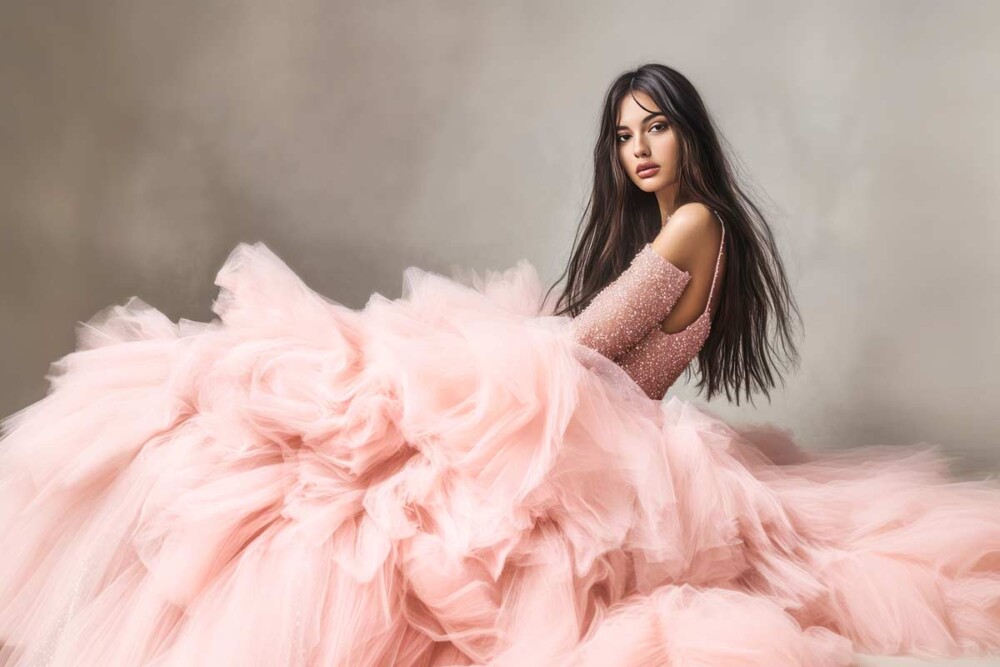Quando si arreda uno spazio esterno, scegliere i tendaggi per gazebo adatti non è solo una questione estetica. Tessuti, misure e stili incidono direttamente su comfort, durata nel tempo e funzionalità. Che si tratti di un piccolo giardino domestico o dell’area outdoor di una struttura ricettiva, i tessuti per gazebo vanno selezionati con attenzione, bilanciando protezione e resa estetica. Manifattura Foderami Cimmino fornisce consigli pratici per orientarsi nell’acquisto, dalla scelta del materiale fino agli stili di tende gazebo più adatti al contesto.
Perché i tendaggi per gazebo fanno la differenza
Molti sottovalutano il ruolo dei tendaggi per gazebo, considerandoli un dettaglio secondario. In realtà, sono un elemento strategico che incide direttamente sull’esperienza degli spazi all’aperto, sia dal punto di vista funzionale che decorativo.
Tessuti per gazebo per protezione da sole, pioggia e vento
Oltre all’aspetto estetico, le tende da esterno per gazebo svolgono un’importante funzione di schermatura. Proteggono dalla luce solare diretta, attenuano il vento e possono offrire una barriera parziale alla pioggia. Sono ideali per rendere l’ambiente più confortevole, sia in ambito privato che commerciale. In estate, consentono di pranzare o rilassarsi all’aperto evitando l’esposizione diretta al sole, mentre in primavera o autunno mitigano le correnti d’aria e creano uno spazio più raccolto e vivibile.
Valore estetico e arredamento outdoor dei gazebo
Un altro aspetto da non sottovalutare è il potenziale decorativo delle tende decorative da gazebo. Questi elementi definiscono lo stile dello spazio, arricchendolo con colori, texture e cadute morbide che creano atmosfera e valorizzano l’ambiente esterno. Possono trasformare anche un gazebo semplice in una zona relax elegante o in un piccolo salotto all’aperto, perfetto per accogliere ospiti o clienti.

Quali tessuti scegliere per i tendaggi da gazebo
La scelta dei tessuti per gazebo è il primo passo per garantire resistenza, estetica e facilità di manutenzione. Vediamo le principali opzioni disponibili sul mercato.
I migliori tessuti tecnici: poliestere, acrilico, misto lino
Tra i più scelti per l’uso esterno troviamo poliestere, acrilico e misto lino. Offrono resistenza agli agenti atmosferici, sono facili da lavare e mantengono la vivacità dei colori anche dopo mesi di esposizione. Il poliestere è particolarmente apprezzato per il buon rapporto qualità-prezzo e per la sua resistenza agli strappi. L’acrilico ha un comportamento eccellente alla luce solare, mentre il misto lino combina estetica naturale e praticità. Ideali per chi cerca una copertura gazebo in tessuto durevole e versatile.
Tessuti naturali: pro e contro del cotone e del lino puro
Per chi desidera un effetto più naturale, il cotone e il lino puro rappresentano un’ottima opzione, soprattutto per gazebi coperti. Tuttavia, è importante conoscere anche i loro limiti: tendono a scolorire più facilmente, assorbono l’umidità e richiedono maggiore cura. Sono ideali per ambienti più protetti o per chi desidera un’estetica più artigianale. Ottimi anche per eventi speciali, cerimonie o ambientazioni rustico-chic, dove l’aspetto visivo è prioritario rispetto alla durabilità.
Impermeabilità e trattamenti antimacchia per tende da gazebo
Un buon tendaggio impermeabile per gazebo deve garantire protezione anche in caso di pioggia leggera. I trattamenti superficiali idrorepellenti e antimacchia aumentano la durata e la praticità del tessuto nel tempo. Alcuni materiali sono anche trattati contro i raggi UV, prevenendo lo sbiadimento dei colori. Nei contesti professionali, come bar o ristoranti all’aperto, queste caratteristiche sono fondamentali per mantenere un’immagine sempre curata e funzionale.

Come prendere correttamente le misure per i tendaggi da gazebo
Prima dell’acquisto è essenziale rilevare le misure tende gazebo in modo preciso, per evitare errori che compromettano la funzionalità o l’estetica del risultato finale.
Altezza, larghezza, sporgenze: cosa misurare e come
È necessario misurare larghezza e altezza dell’apertura del gazebo, valutando anche la profondità se si desidera una tenda laterale avvolgente. Per un effetto arricciato più elegante, si consiglia di moltiplicare la larghezza per un coefficiente tra 1,5 e 2. Attenzione anche all’altezza da terra: meglio lasciare un margine per evitare che la tenda strisci sul pavimento o si sporchi facilmente.
Tendaggi su misura o preconfezionati?
Meglio acquistare teli gazebo su misura o scegliere tessuti per tende moderne standard? Dipende dalle esigenze: le prime sono perfette per strutture irregolari o esigenze particolari, le seconde per chi cerca una soluzione pronta all’uso e più economica. Il su misura consente inoltre di scegliere finiture e sistemi di fissaggio personalizzati (velcro, occhielli, passanti, ganci), ottimizzando l’installazione.
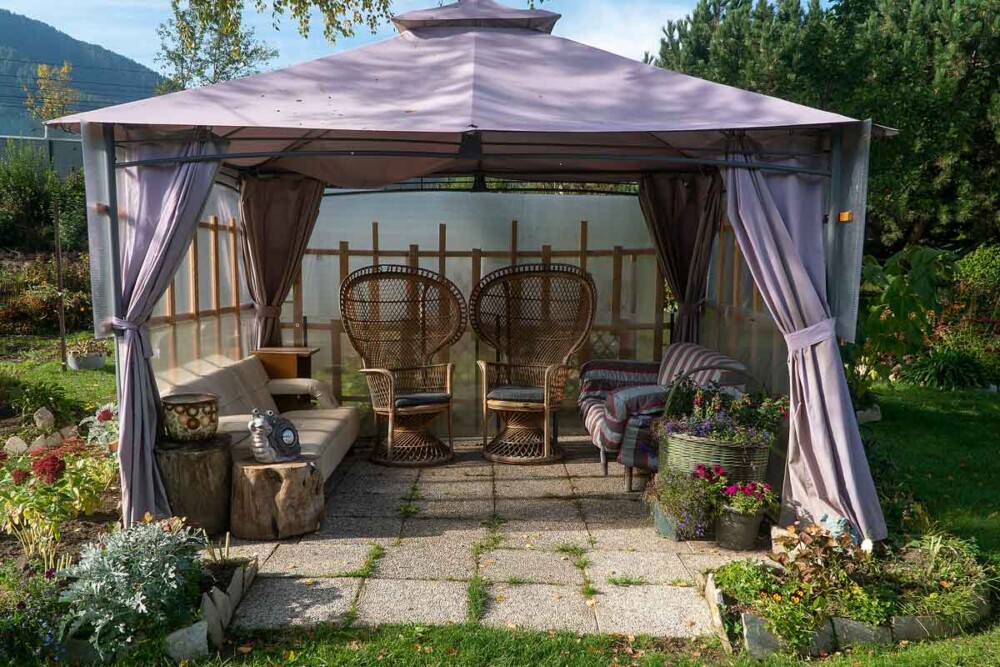
Stili di tendaggi per gazebo: come scegliere in base all’ambiente
Anche l’estetica gioca un ruolo fondamentale. I tendaggi per gazebo devono integrarsi con lo stile dell’ambiente esterno e con gli arredi esistenti, creando un insieme coerente e piacevole.
Elegante, rustico, moderno: quale stile per il tuo gazebo
Uno stile moderno richiede tende minimaliste, con colori neutri come grigio, beige o bianco. Il rustico privilegia tessuti con texture materiche, come il lino grezzo o il cotone écru. L’elegante, invece, si distingue per drappeggi morbidi, tessuti fluidi e tonalità sofisticate come il tortora o il panna. Ogni stile può essere valorizzato da dettagli come nappine, bordi rinforzati o fiocchi, a seconda del contesto d’uso.
Colori, fantasie e abbinamenti tessili
La scelta cromatica va fatta in base all’arredo e all’atmosfera che si vuole creare. I colori chiari ampliano visivamente lo spazio e mantengono l’ambiente fresco. Le fantasie floreali o geometriche aggiungono un tocco di personalità, ma devono essere bilanciate con elementi neutri. Anche gli abbinamenti con cuscini, tappeti o tovaglie contribuiscono a definire lo stile dell’intera area outdoor, soprattutto nel caso degli allestimenti da cerimonia.
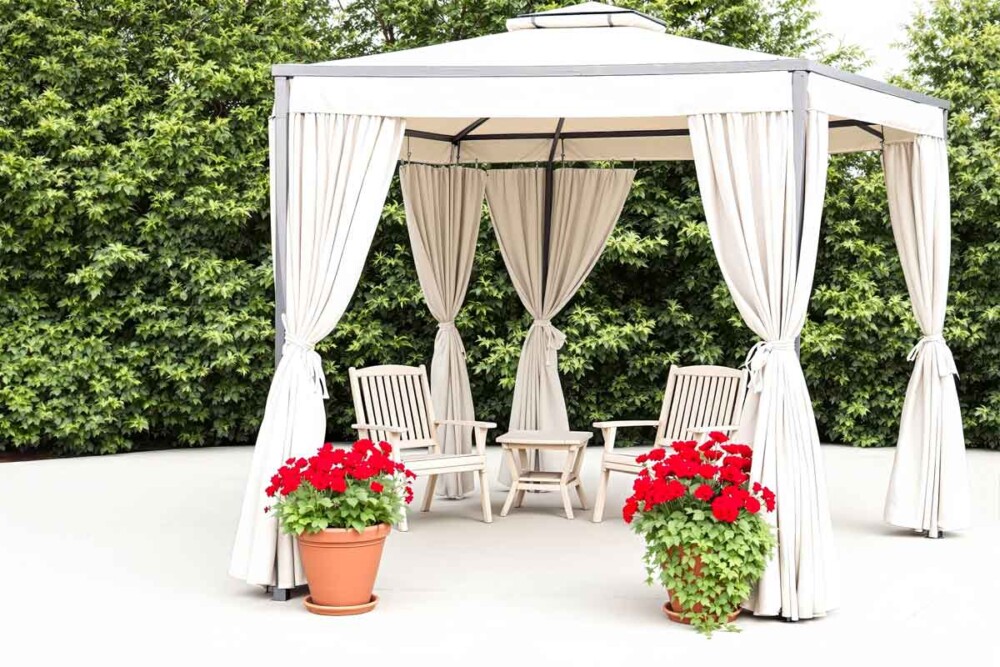
Dove acquistare tendaggi per gazebo di qualità
Per chi cerca tende da esterno gazebo affidabili, è fondamentale affidarsi a rivenditori esperti e specializzati nel settore tessile.
Su CimminoShop.com è disponibile un’ampia selezione di tendaggi per gazebo, dalle soluzioni tecniche ai teli gazebo su misura, ideali per privati, professionisti del contract, strutture ricettive e allestitori. I tessuti per tendaggio proposti sono certificati, resistenti agli agenti atmosferici, trattati contro raggi UV e macchie, e disponibili in diverse colorazioni e finiture. L’acquisto è supportato da un servizio clienti esperto, capace di offrire consigli tecnici personalizzati in base all’uso e alla struttura del gazebo.
Tenda Sole
Tenda Sole è la scelta perfetta per chi desidera realizzare tende da sole da esterno che uniscano resistenza, funzionalità ed estetica. Composto al 100% da fibra acrilica, questo materiale è appositamente progettato per resistere agli agenti atmosferici, mantenendo colori vivaci e struttura intatta nel tempo.
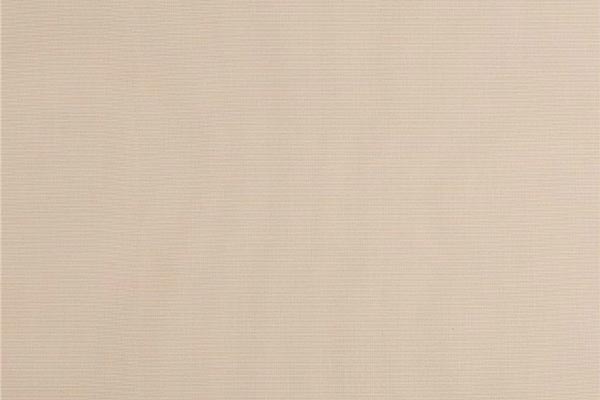
È disponibile sia in tinta unita che in versioni a fasce colorate, offrendo soluzioni versatili per ogni tipo di ambiente esterno, dal balcone al terrazzo, fino agli spazi commerciali. Con una larghezza di 140 cm e un peso di 315 gr/mtl (225 gr/mq), il tessuto garantisce una copertura efficace e una caduta elegante. Non è elasticizzato, può essere lavato e sottoposto a trattamenti professionali senza perdere le sue caratteristiche originarie. L’origine preferenziale lo rende una scelta di qualità anche dal punto di vista commerciale.
FAQ – Domande frequenti sui tendaggi per gazebo
I migliori tessuti per gazebo sono quelli tecnici come poliestere, acrilico e misto lino, perché garantiscono resistenza a sole, pioggia e usura. Sono facili da pulire, non scoloriscono facilmente e sono ideali per utilizzo esterno prolungato.
Sì, se il gazebo è esposto agli agenti atmosferici, è consigliabile scegliere tendaggi impermeabili per gazebo. I tessuti trattati con rivestimenti idrorepellenti proteggono meglio dalla pioggia e durano di più nel tempo.
Per misurare le tende da esterno gazebo, occorre rilevare con precisione altezza, larghezza e profondità del lato da coprire. È utile aggiungere un margine in larghezza se si desidera un effetto arricciato più elegante.
I teli gazebo su misura sono ideali per strutture personalizzate o esigenze estetiche particolari. Le tende preconfezionate sono più economiche e adatte a gazebo di dimensioni standard.
Gli stili tende gazebo più diffusi sono: moderno (linee pulite e colori neutri), rustico (texture naturali e grezze) ed elegante (drappeggi e tessuti fluidi). La scelta dipende dall’arredo e dal contesto.
Sì, molti tessuti per gazebo tecnici sono trattati per bloccare i raggi UV, offrendo una protezione solare efficace e impedendo lo scolorimento del tessuto stesso.
Dipende dal materiale. Il poliestere e l’acrilico possono spesso essere lavati in lavatrice a basse temperature, ma è sempre consigliato controllare l’etichetta o affidarsi alle istruzioni del produttore.
Su CimminoShop.com puoi trovare un’ampia gamma di tendaggi per gazebo in tessuti tecnici e naturali, anche teli su misura, ideali per ogni tipo di gazebo e spazio outdoor.



